We had some interesting bird species at High Park this morning. Here is one that is easy to identify:

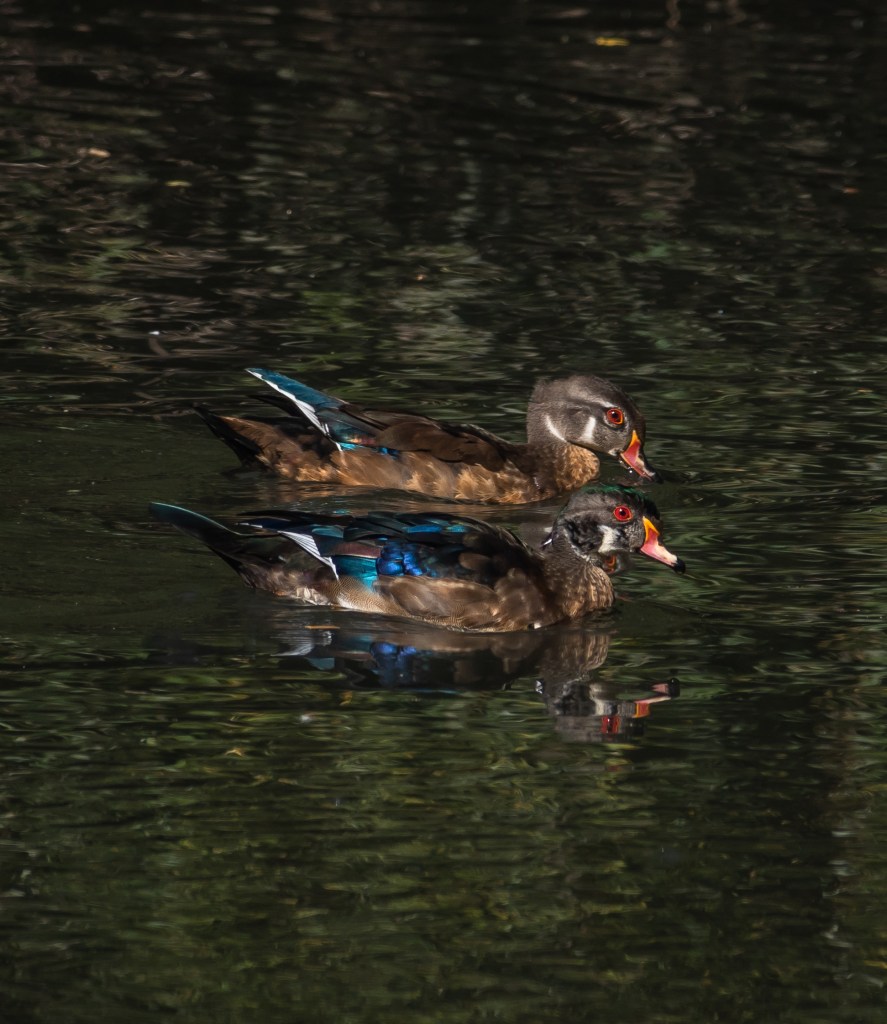
But here are five that were not:
#1
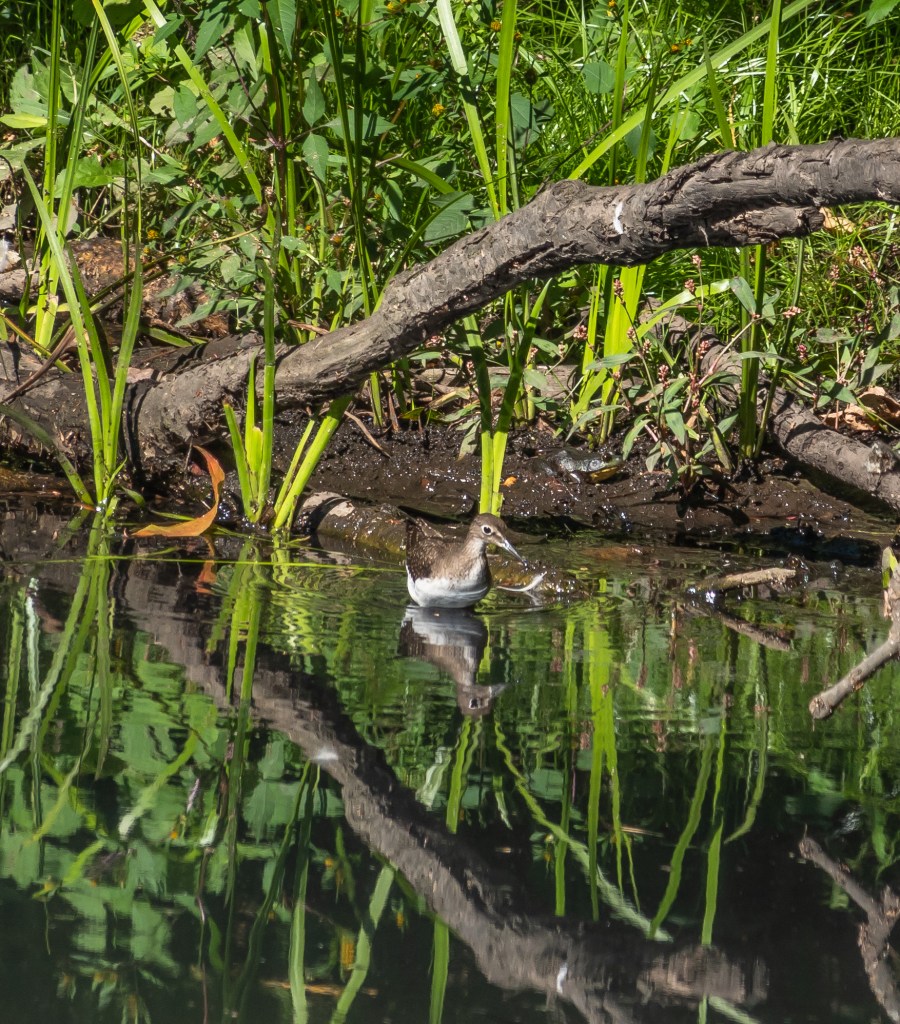
#2
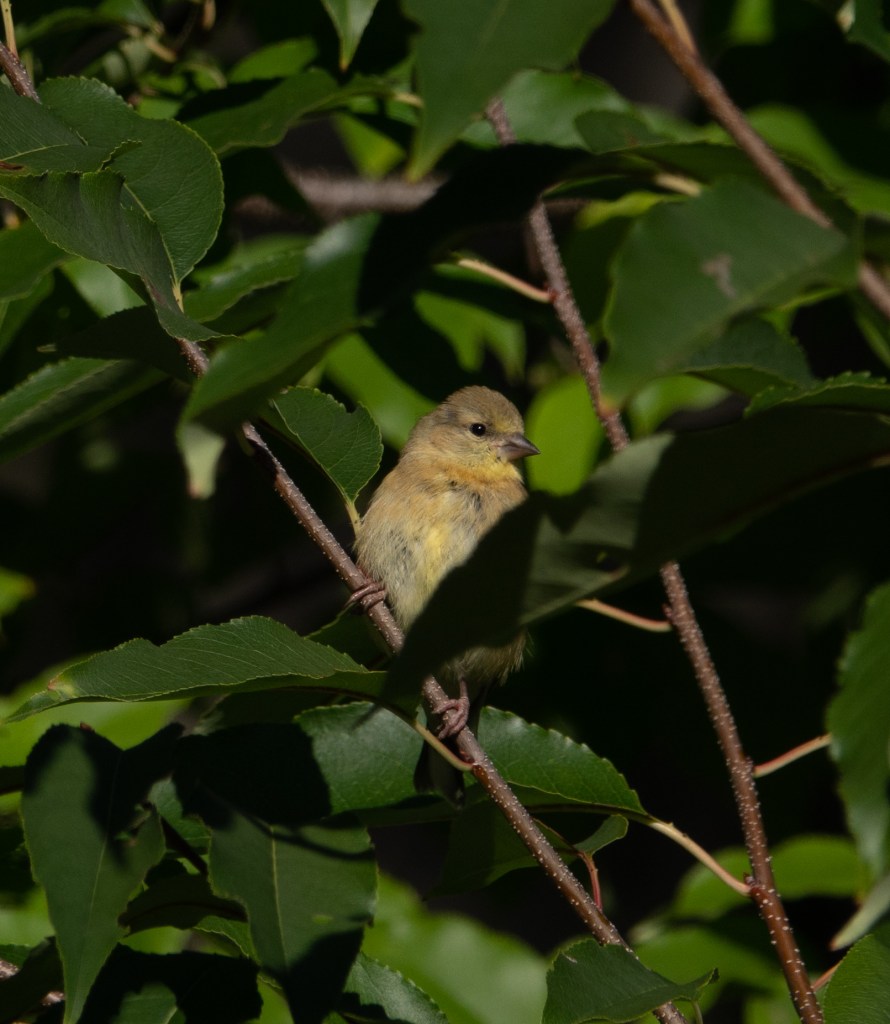
#3
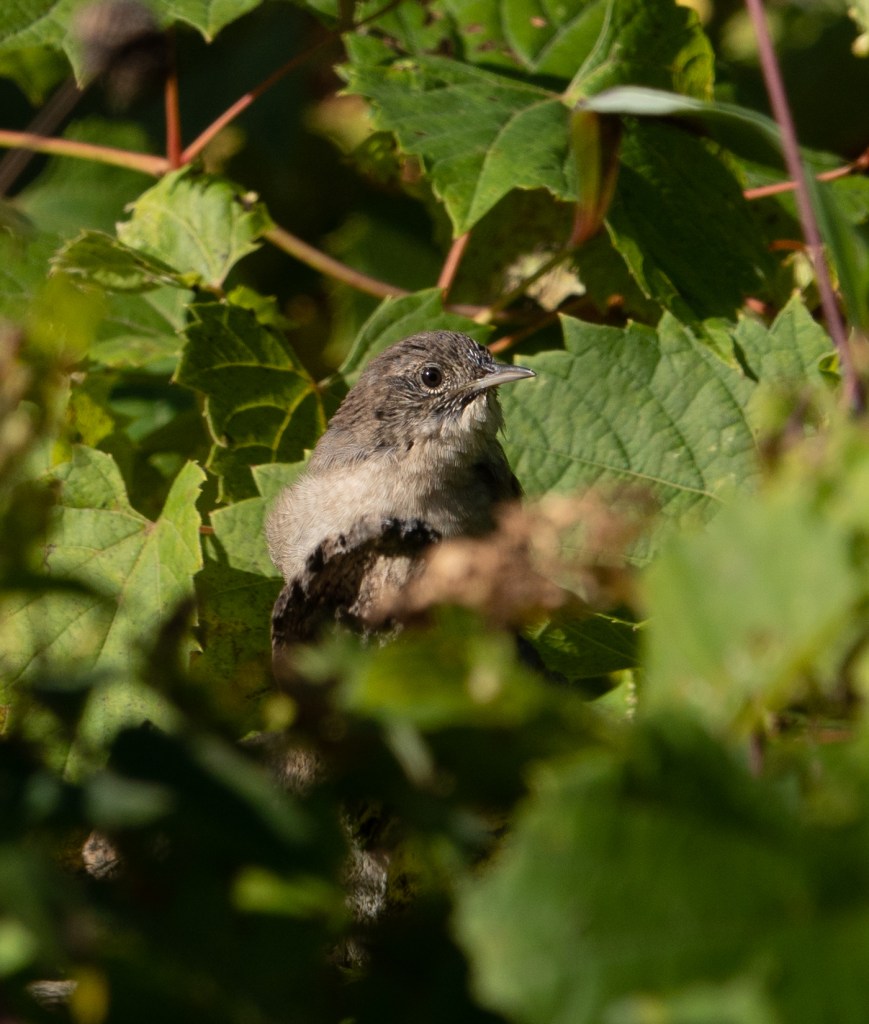
#4
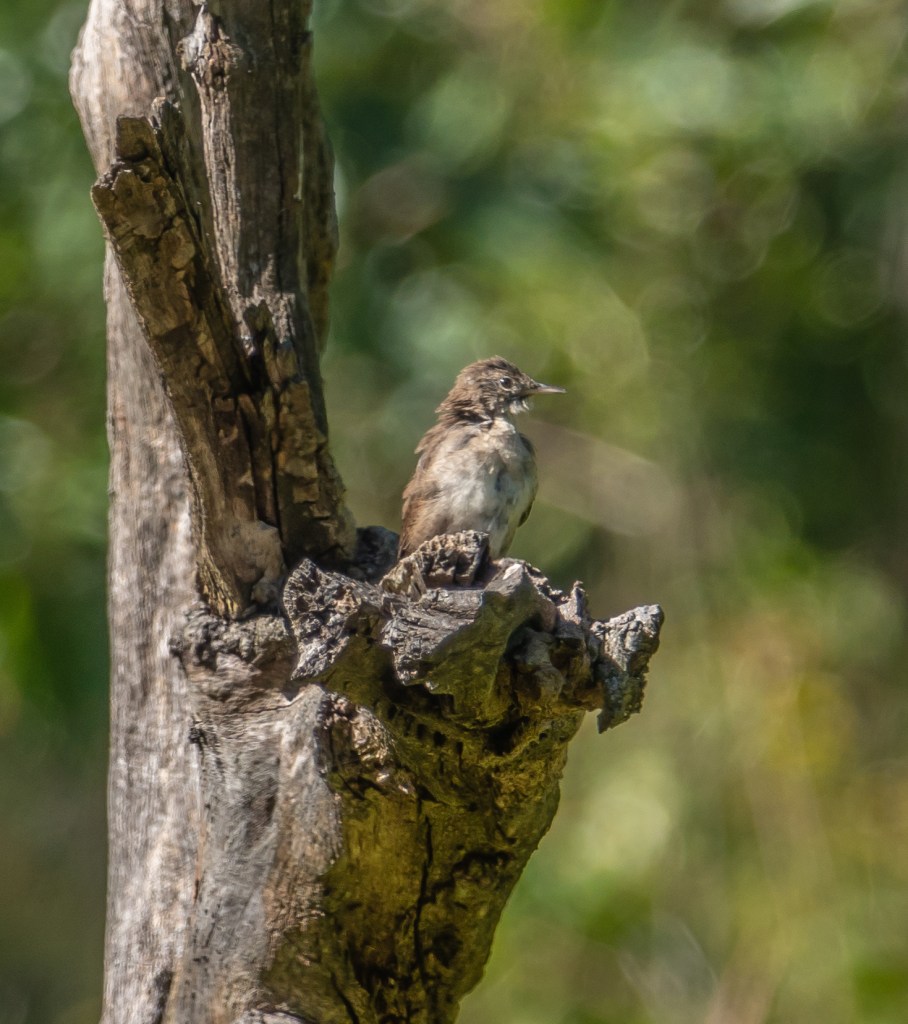
#5
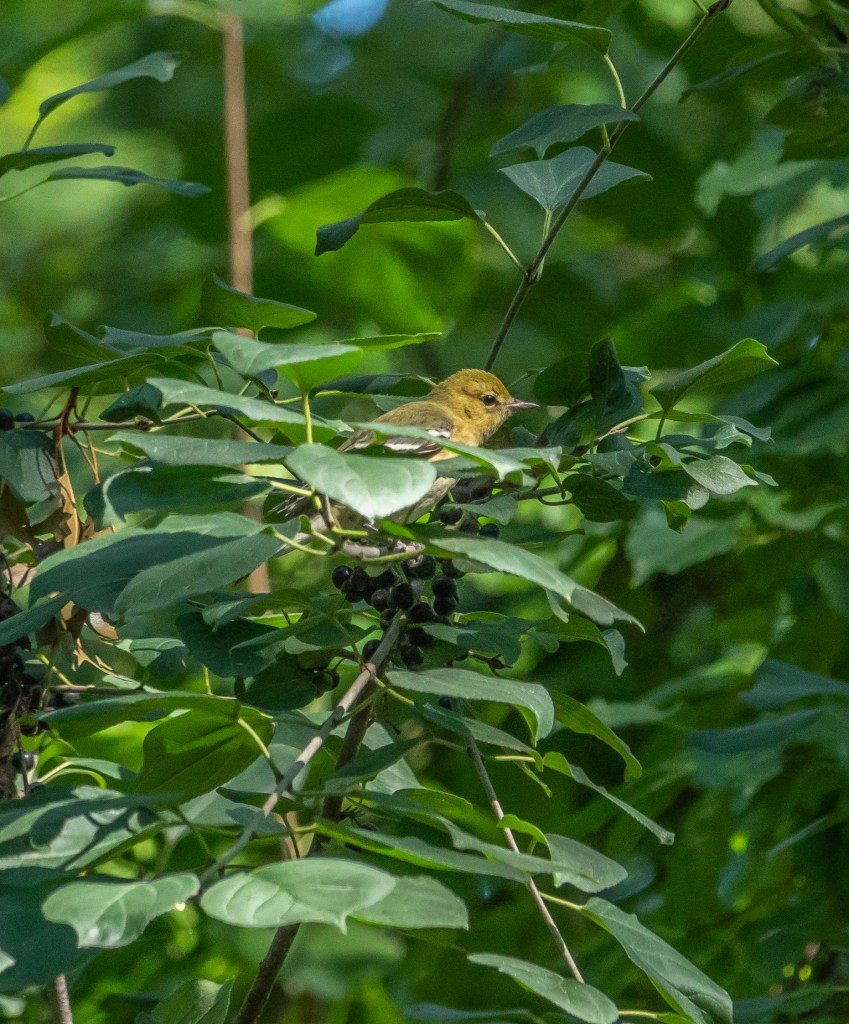
Let’s look at them individually.
#1 is obviously a sandpiper. Two evident features are the dark back and the light white eye-ring. Looking at a guide, we see that these are characteristics of the Solitary Sandpiper. The guide also tells us that this species likes wooded ponds which is where we saw it.

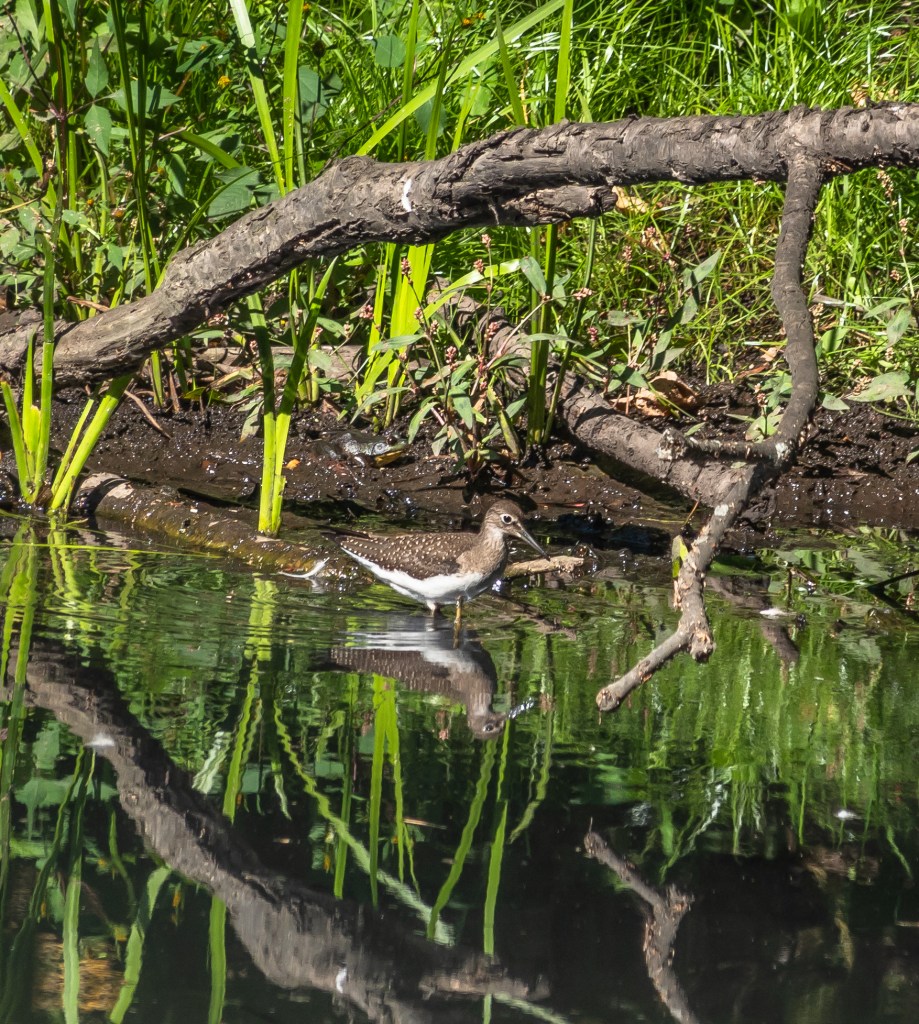
#2

This small bird is showing a dull yellow-olive colour. It was among a flock of about a dozen and by this behaviour, the undulating flight pattern and the chatting calls, it is clearly a female American Goldfinch.
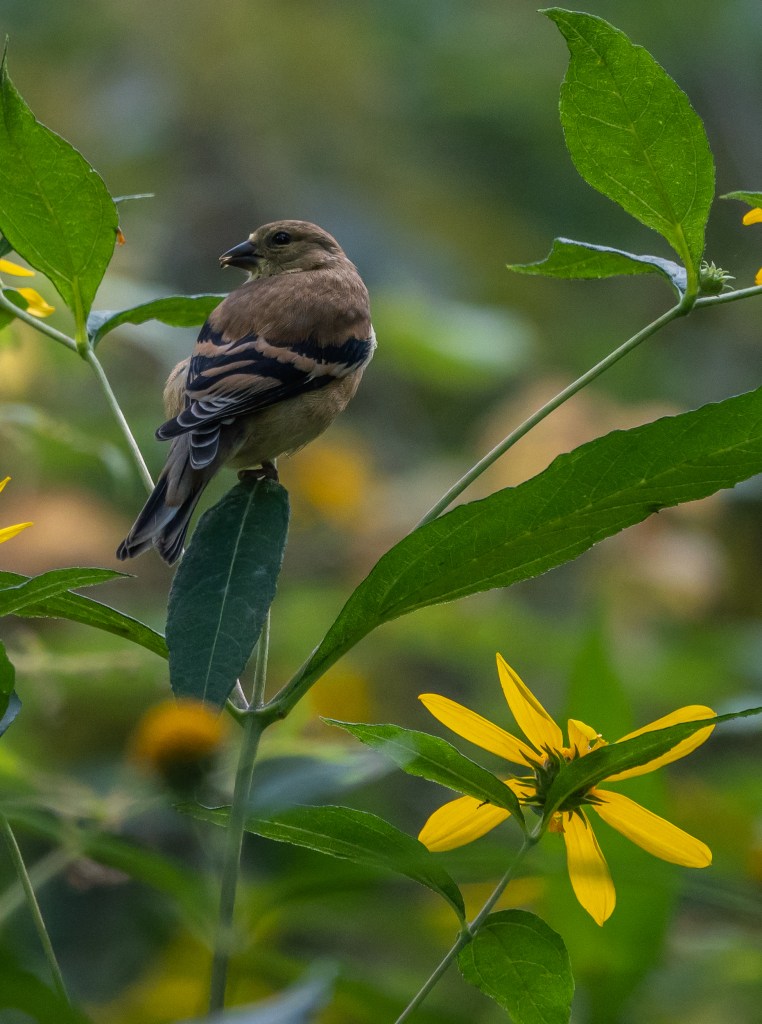
#3 I got many photos of this chatty, diminutive bird:

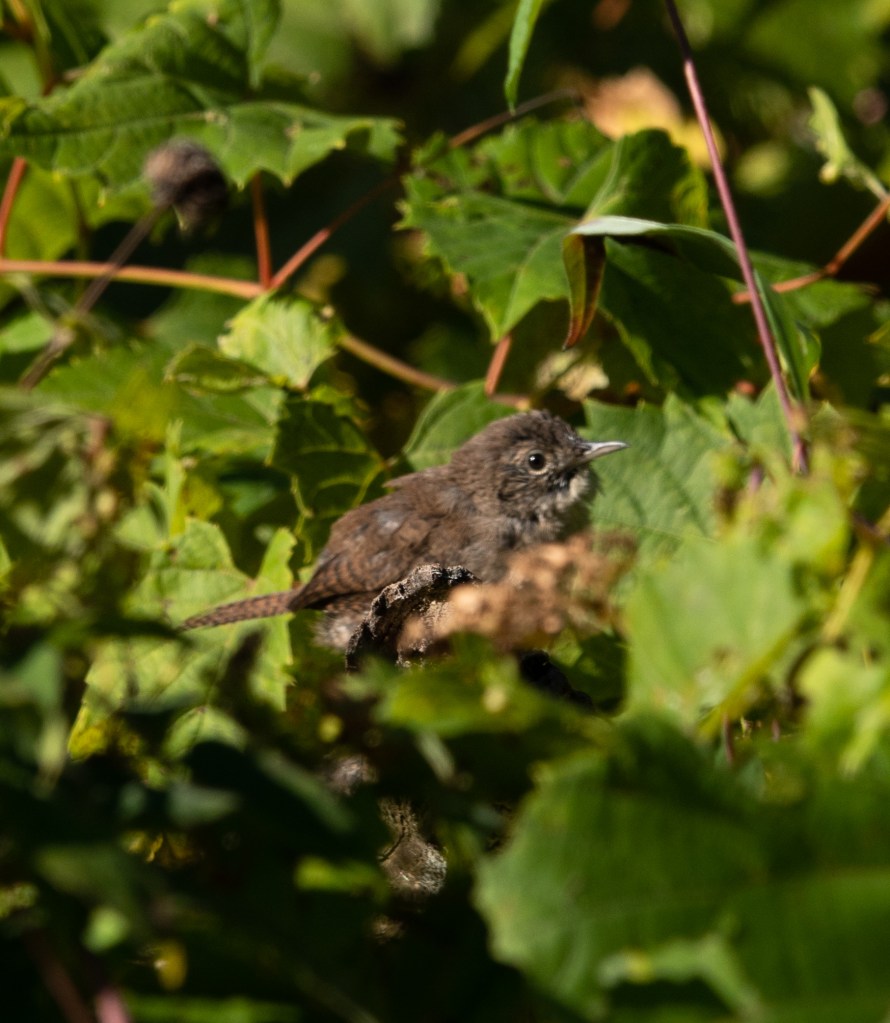

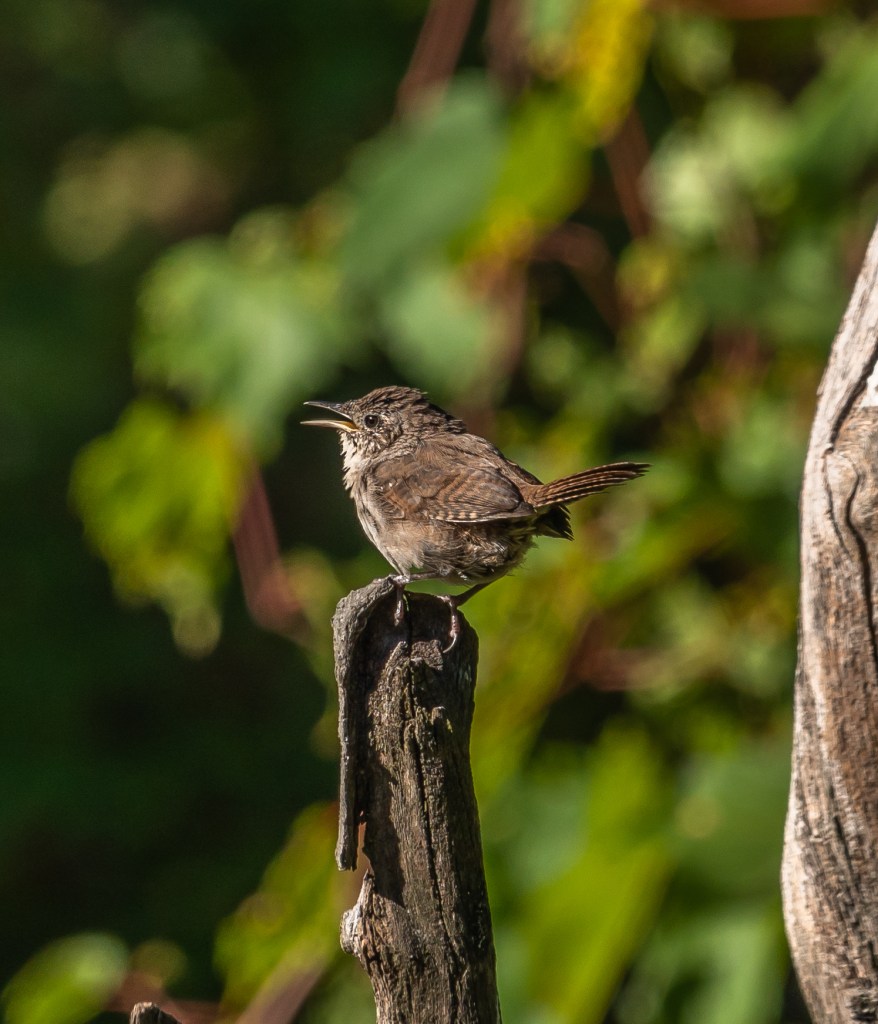

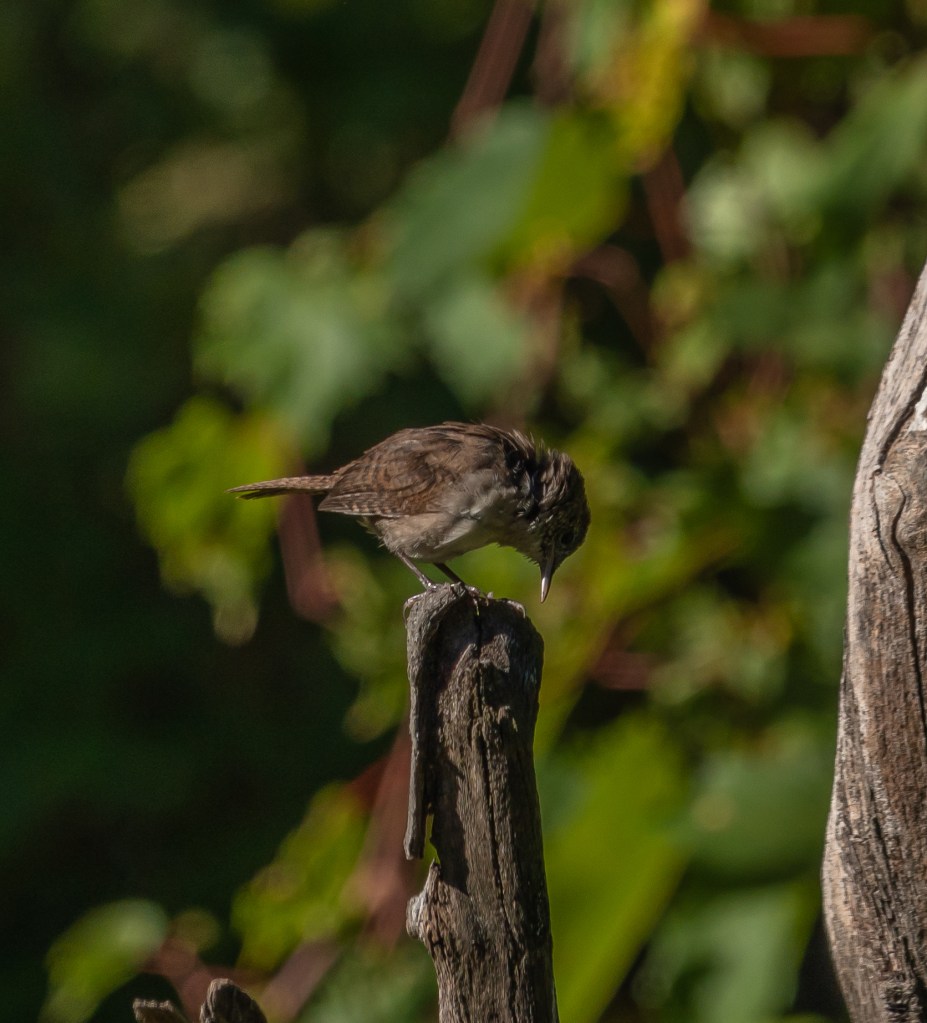
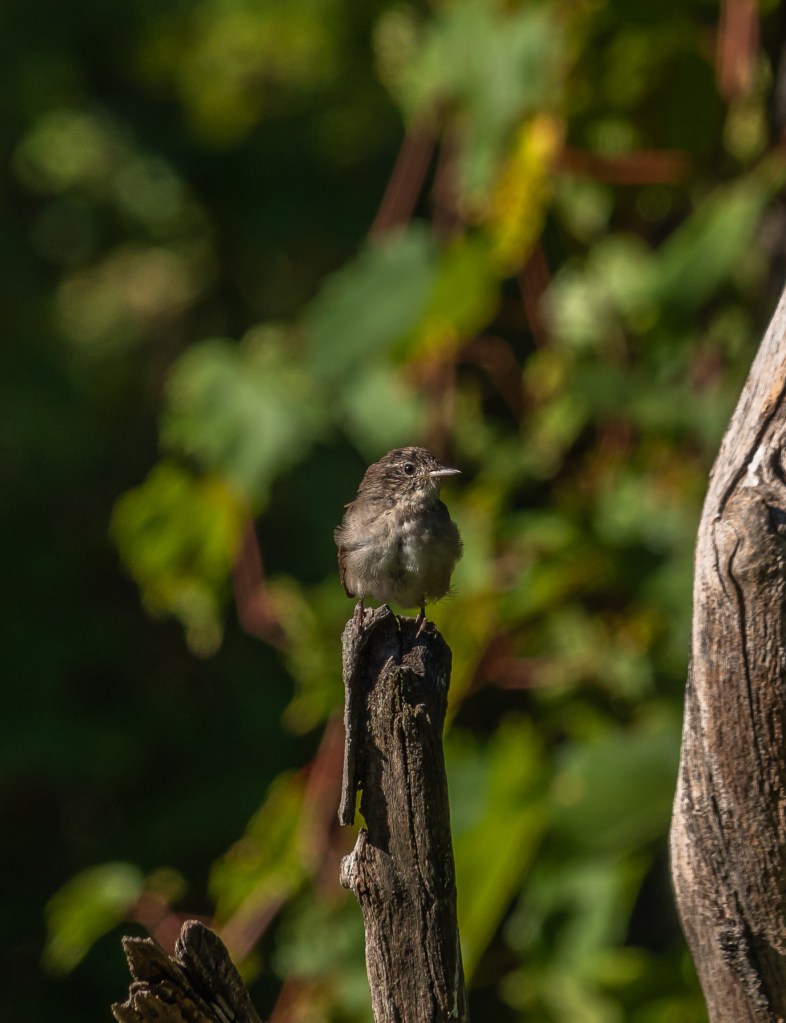
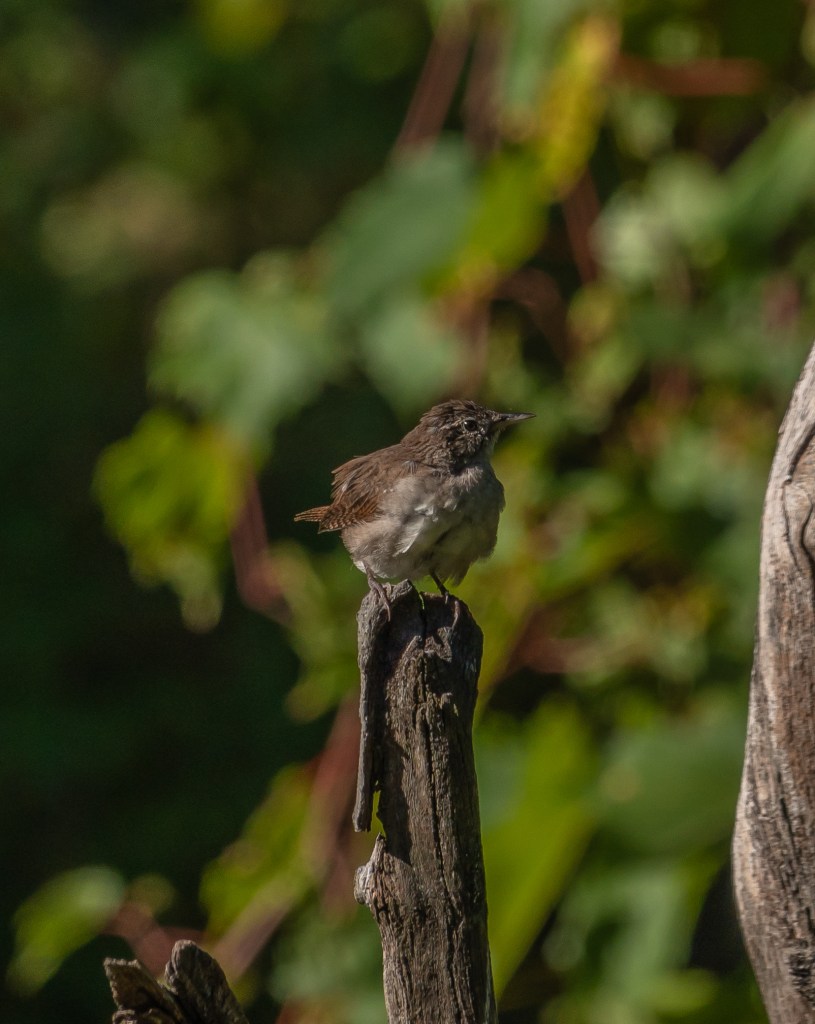
#4

I thought that this was the same House Wren as it was sitting on a stump as before.
But then I saw this photo as I prepared my post at home:

Those light wing bars and yellowish belly make it a Yellow-bellied Flycatcher.
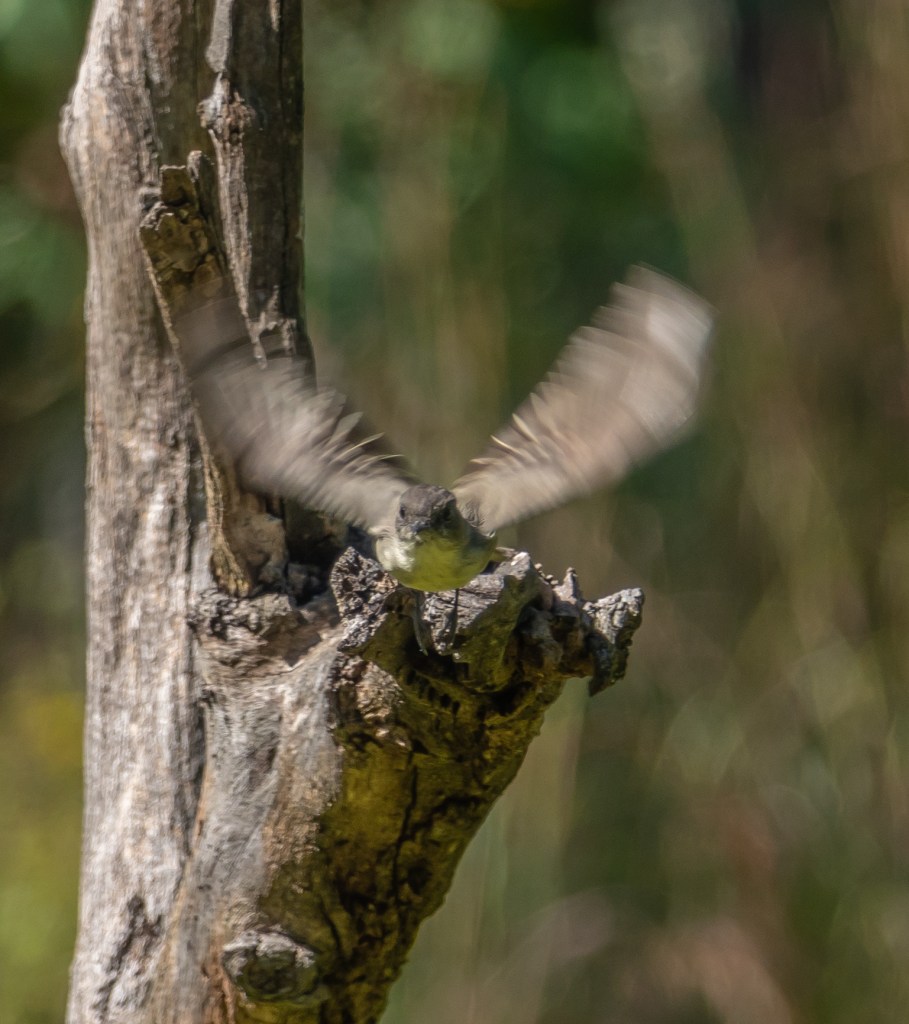
#5

I did not get a good look at this bird in the field but did see the larger-than-warbler size, yellowish colour and white wing bars. I thought that it might be a Yellow-throated Vireo.
Yellow-throated Vireos have “yellowish “spectacles” around the eyes but I could not see the eyes. On seeing my 2 photos at home, it was clear that there were no “spectacles.” The bird is a female Baltimore Oriole.
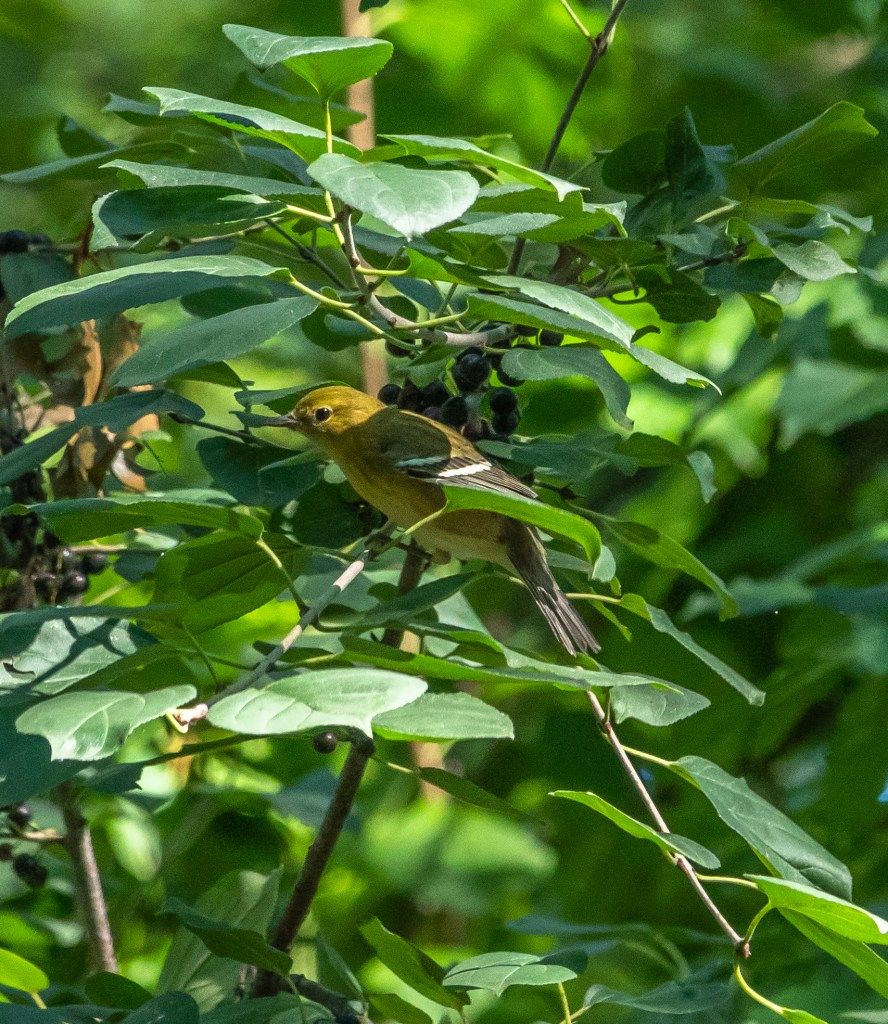

Species list: mallard, wood duck, red-tailed hawk, solitary sandpiper, ring-billed gull, hairy woodpecker, downy woodpecker, yellow-bellied flycatcher, blue jay, black-capped chickadee, white-breasted nuthatch, house wren, yellow-rumped warbler, house sparrow, Baltimore oriole, northern cardinal, American goldfinch. (17 species)
Park views:
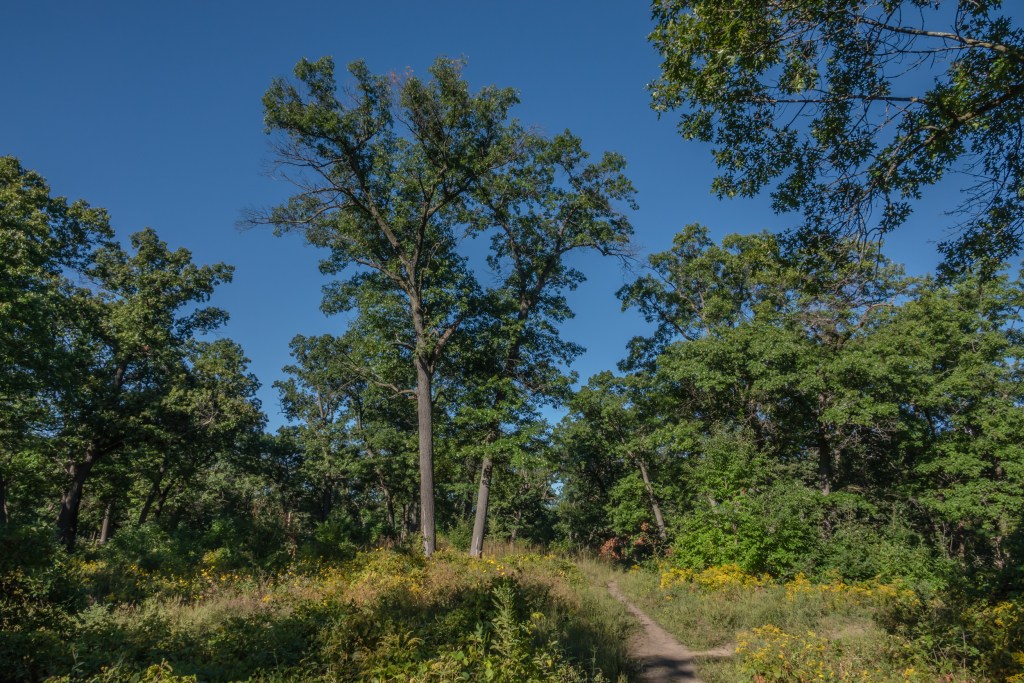
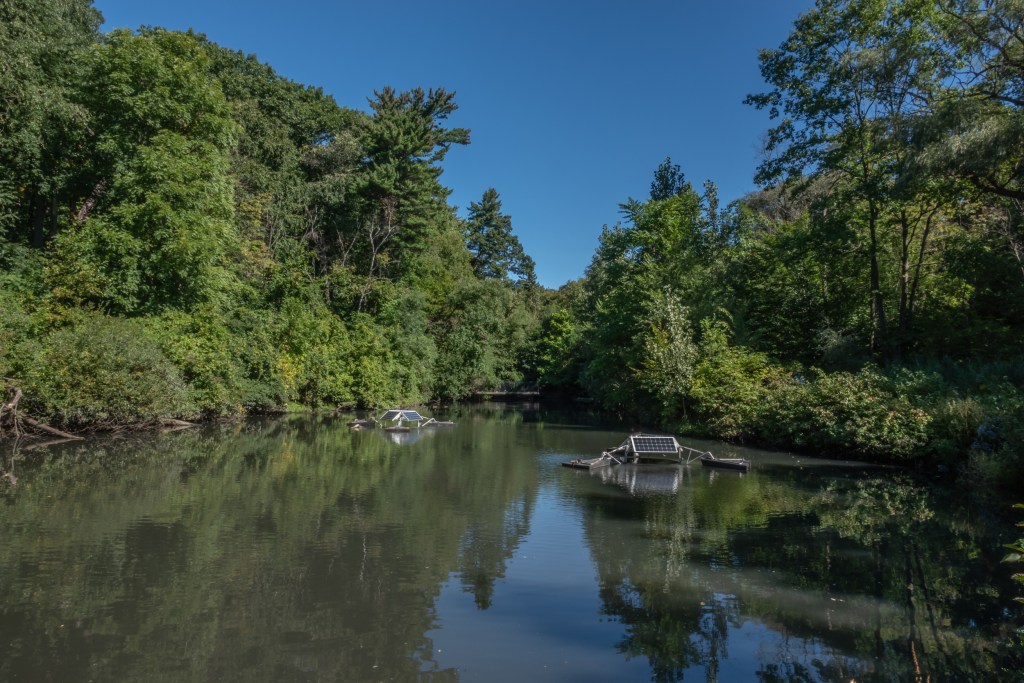
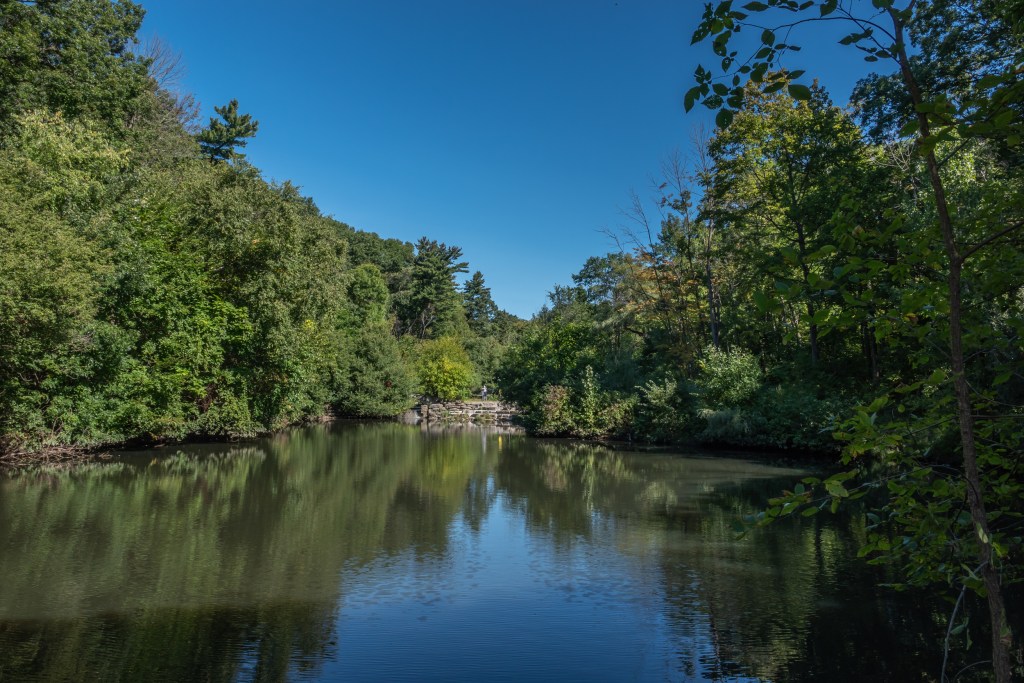
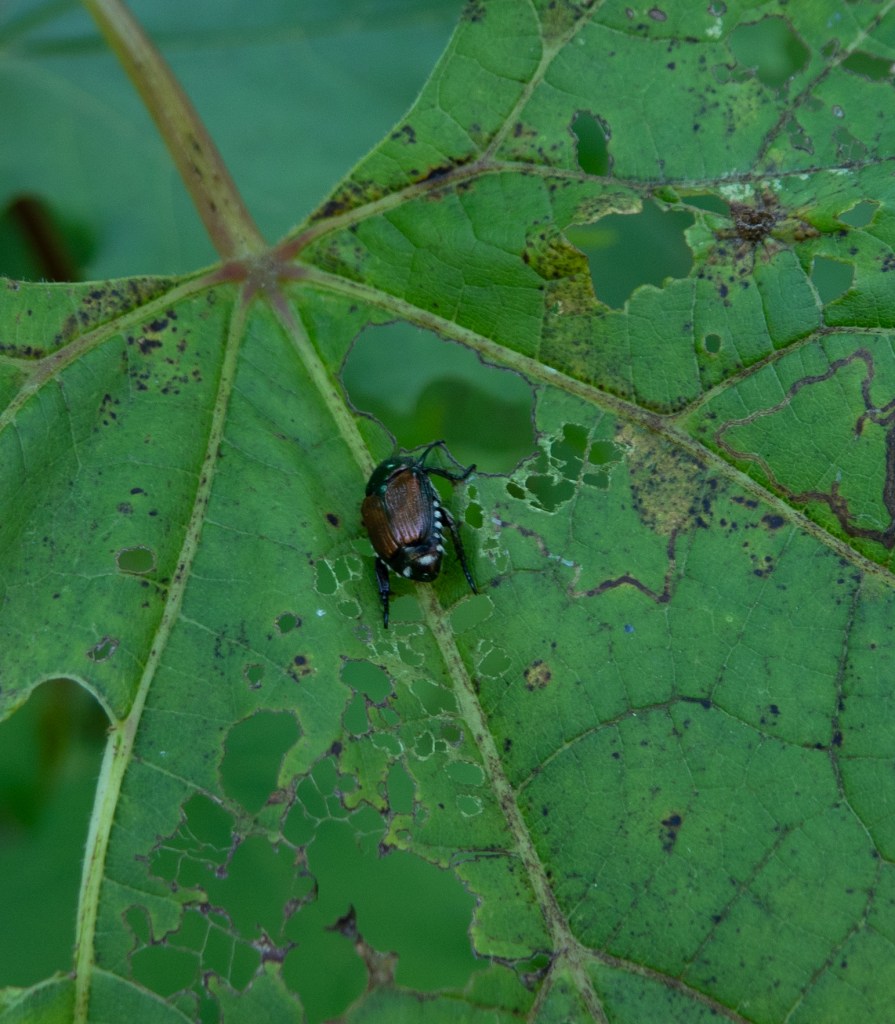
The fields here are full of Panicled Tick-trefoil and, now, so are my pants:
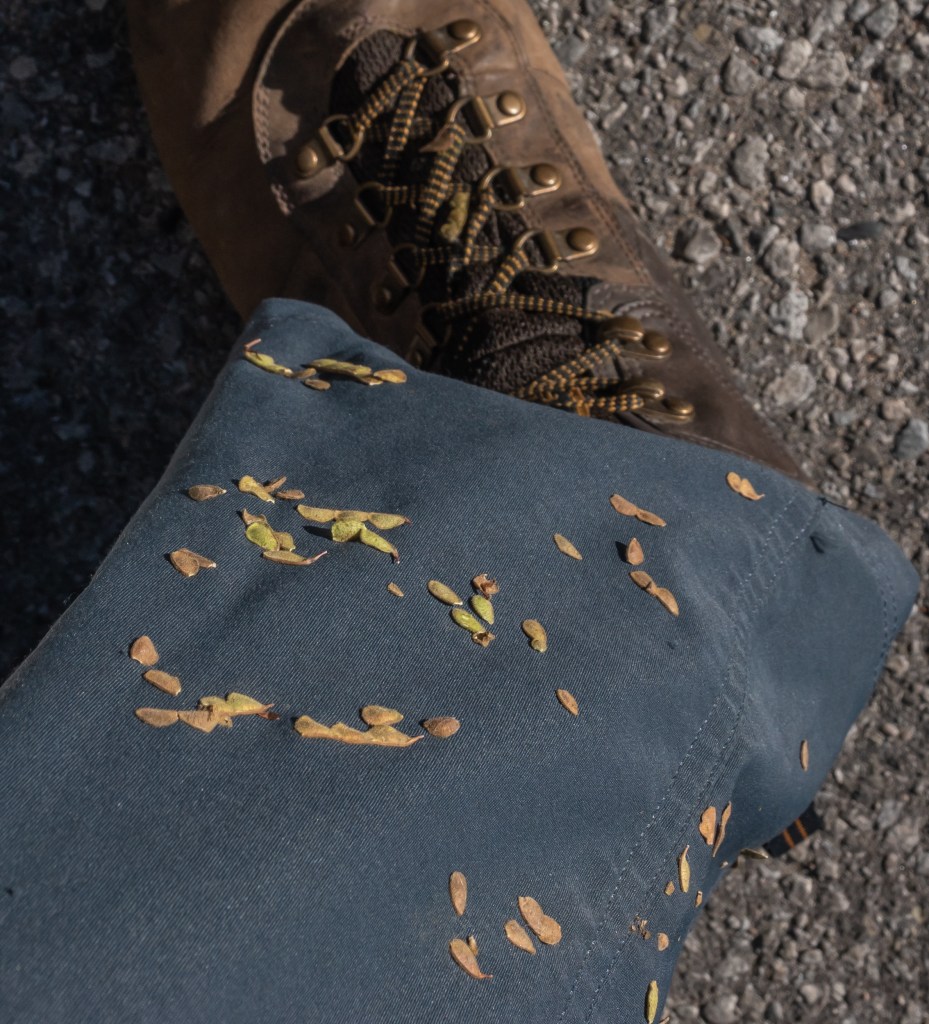
Some botany:
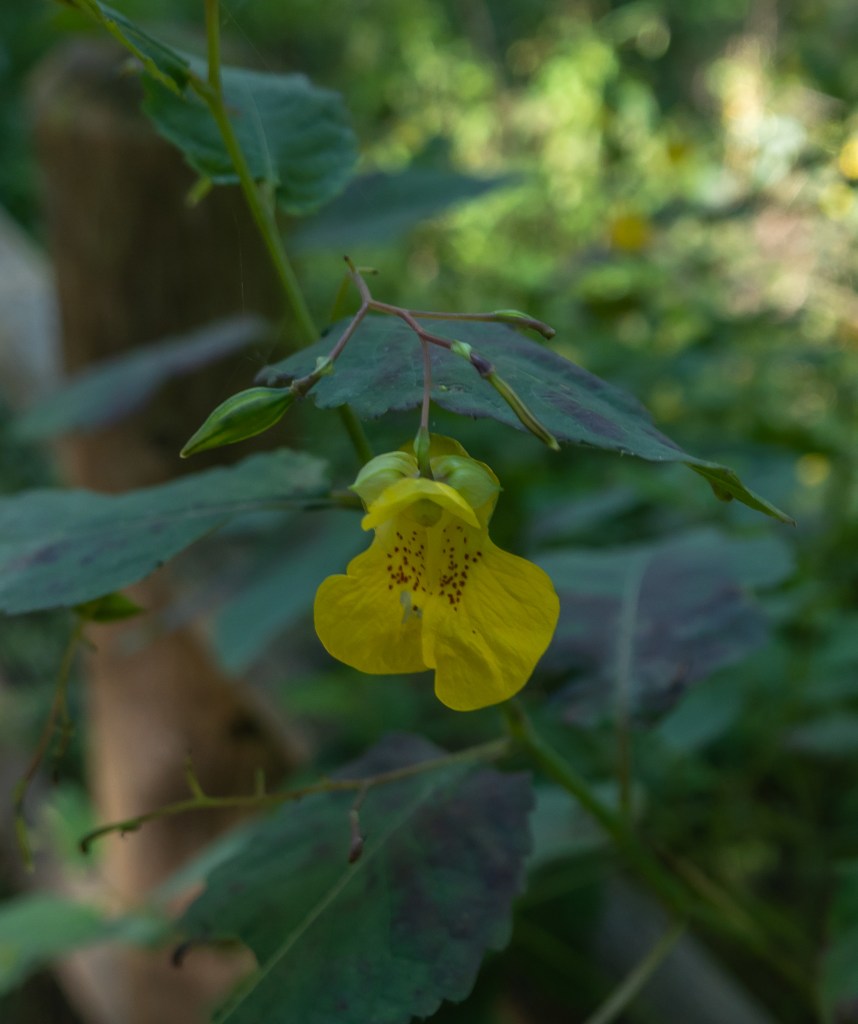
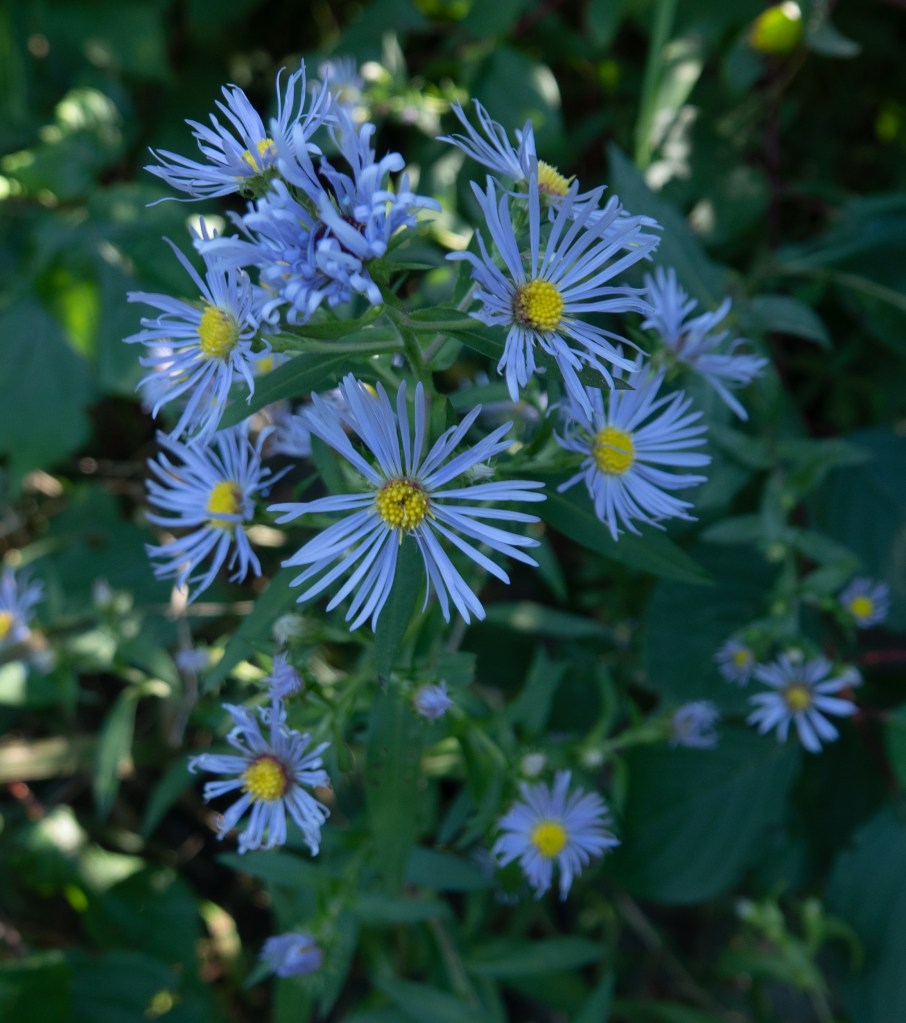
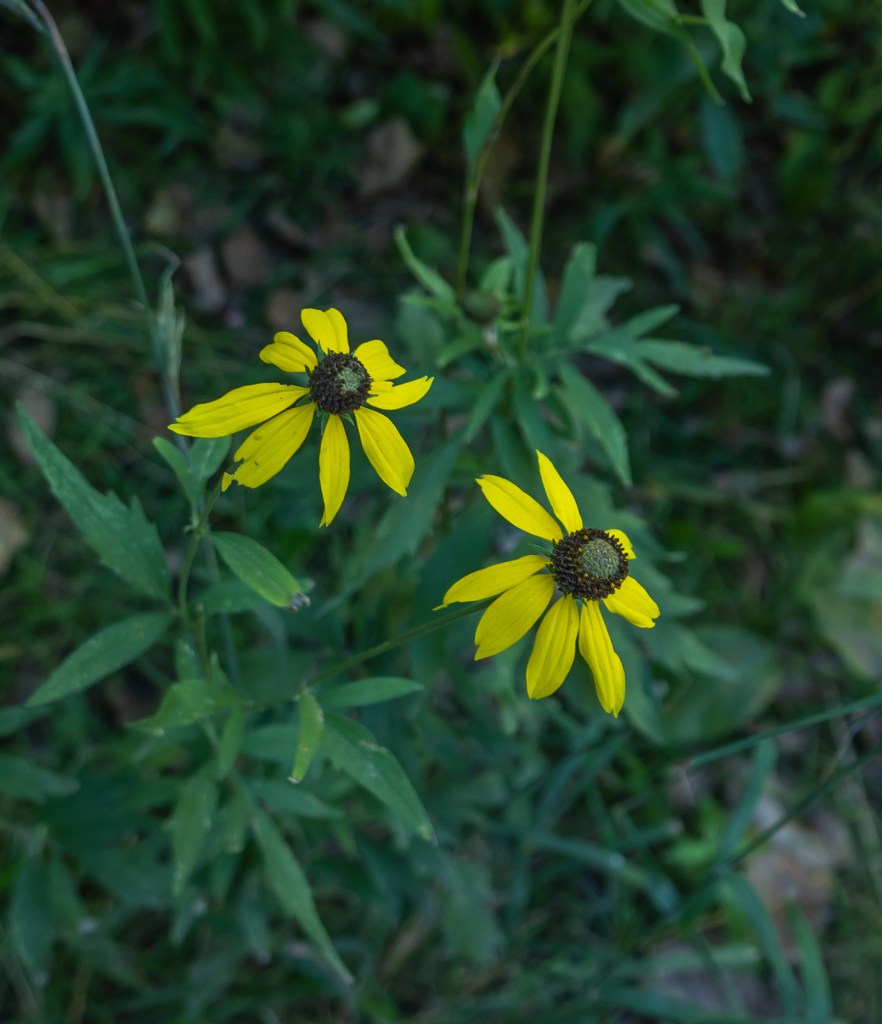
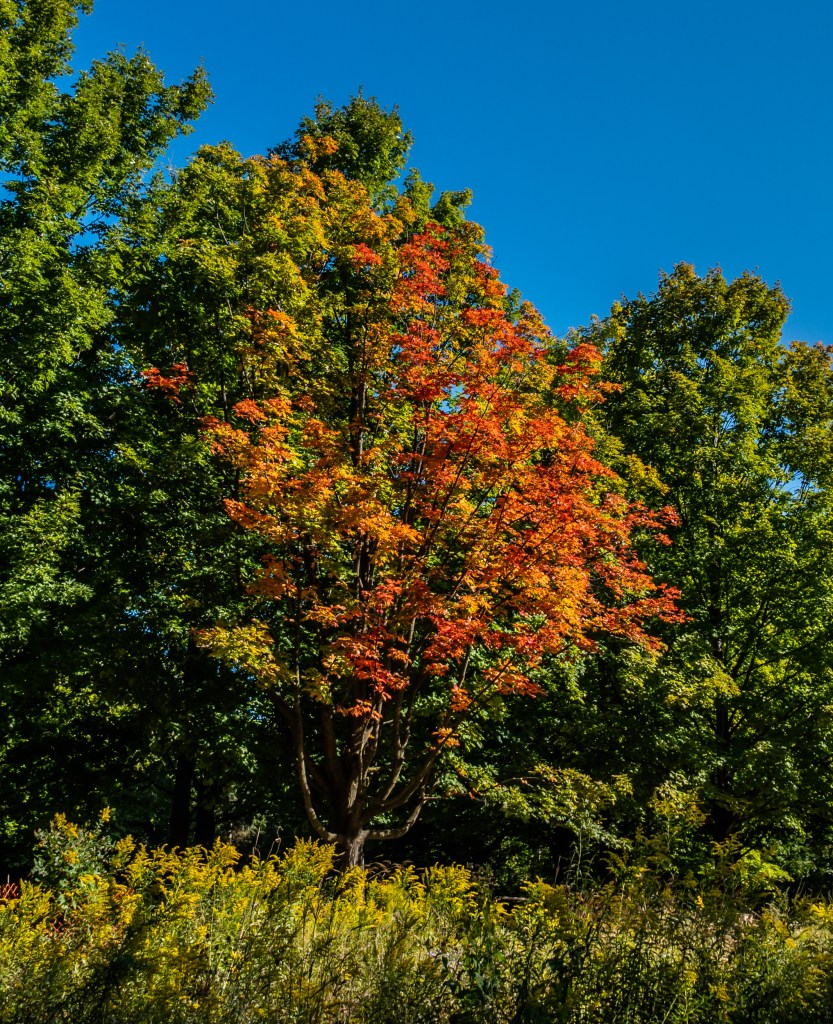
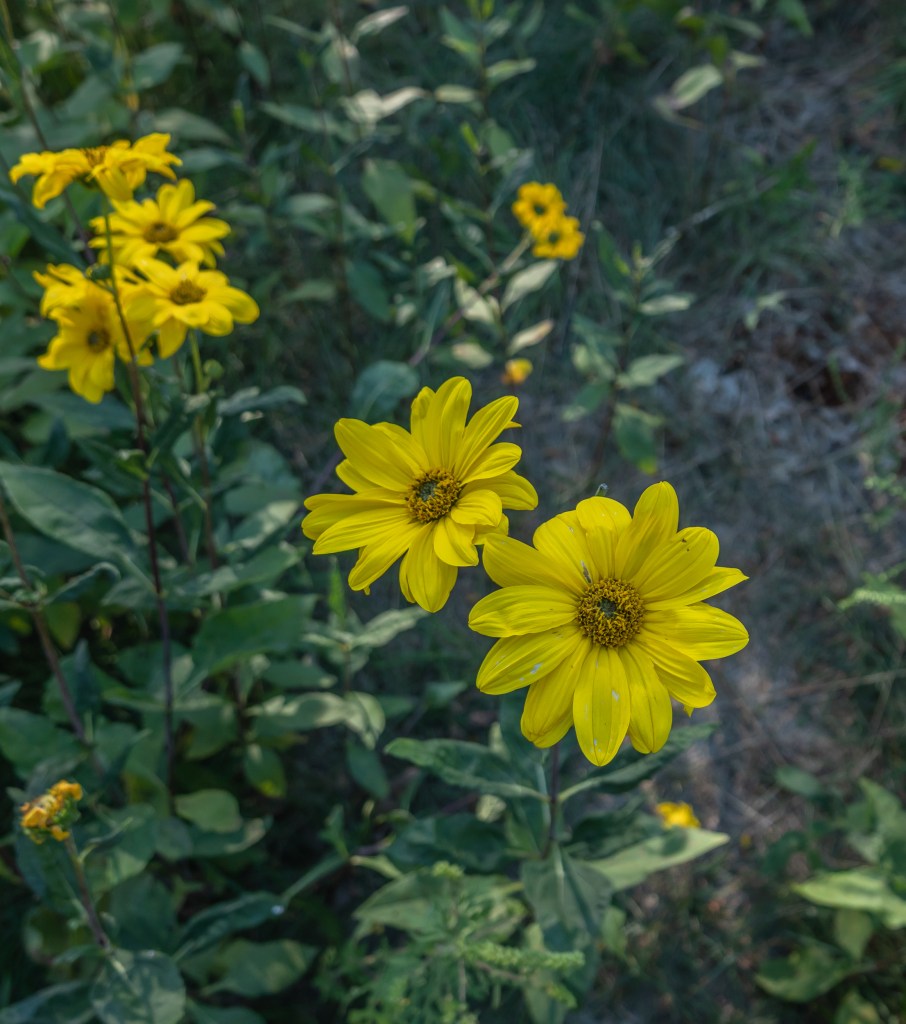
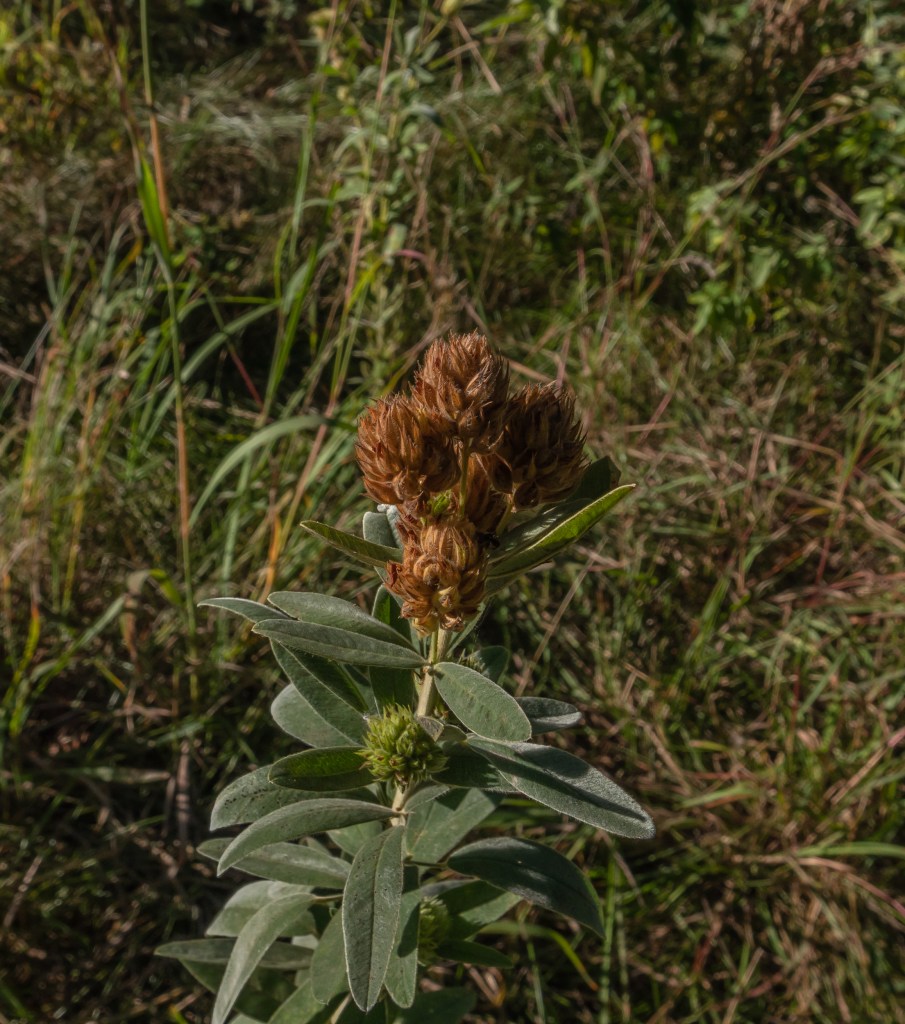
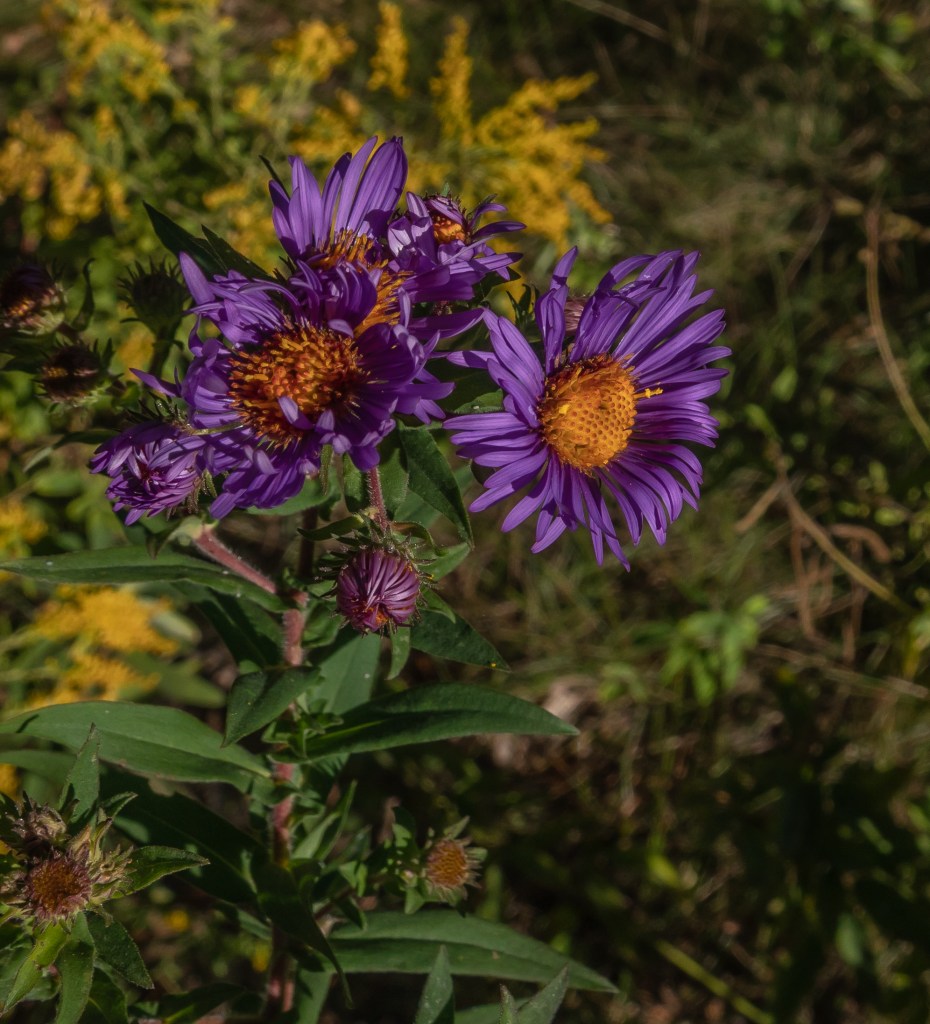
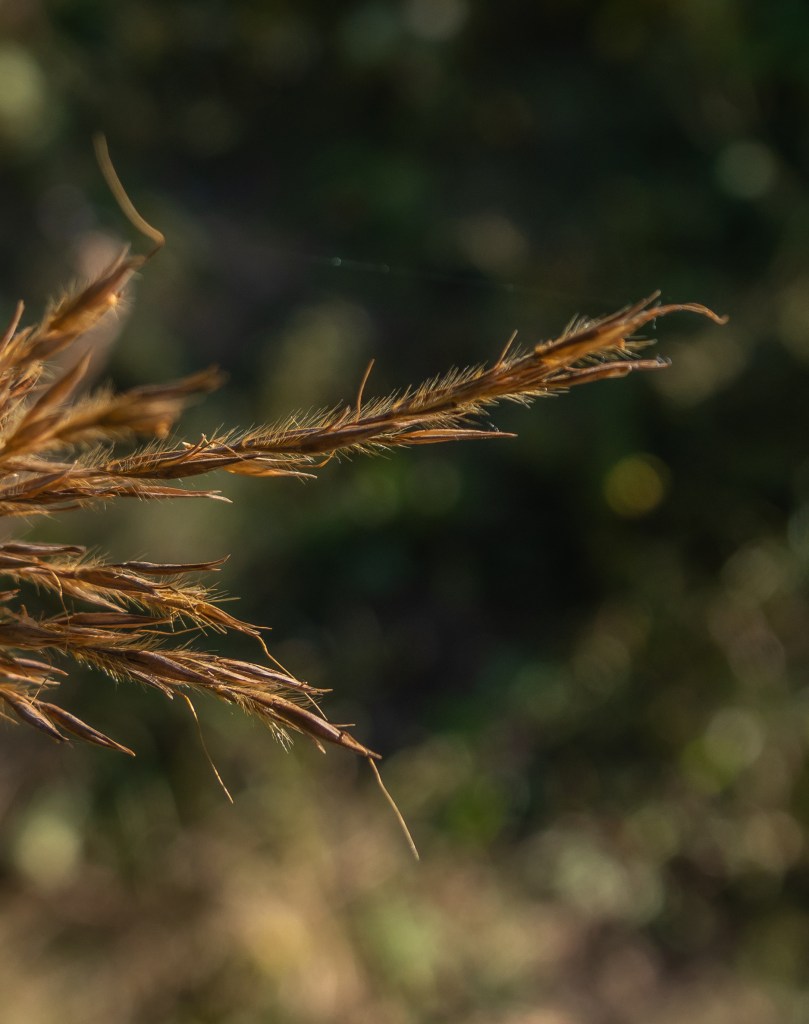
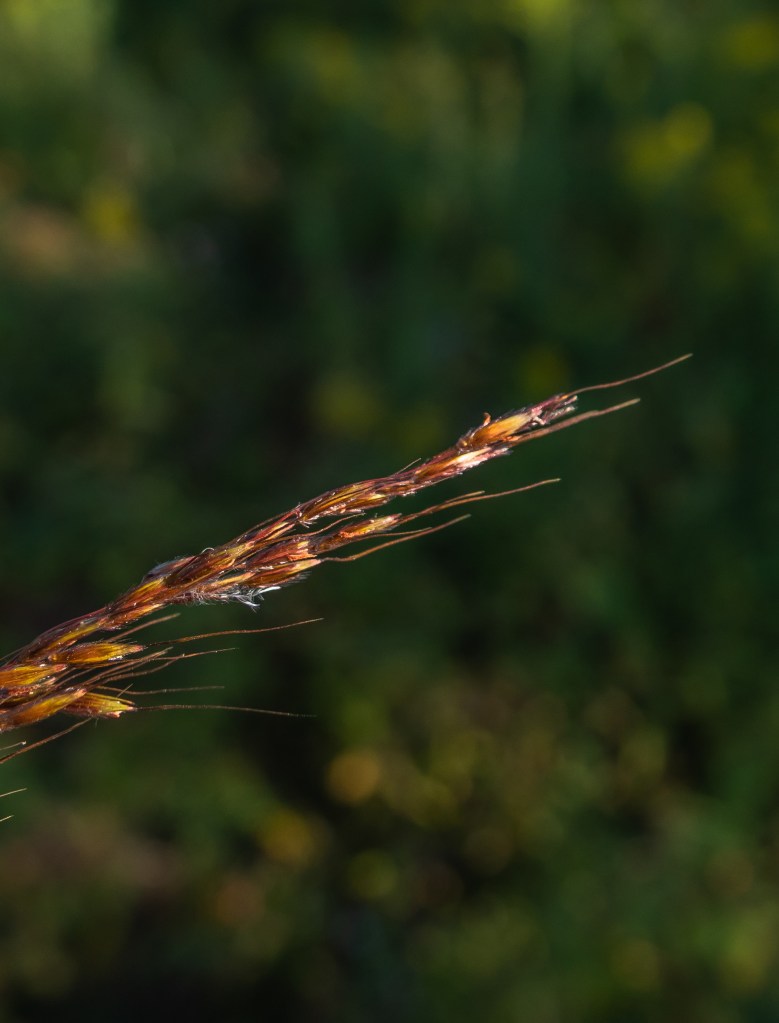
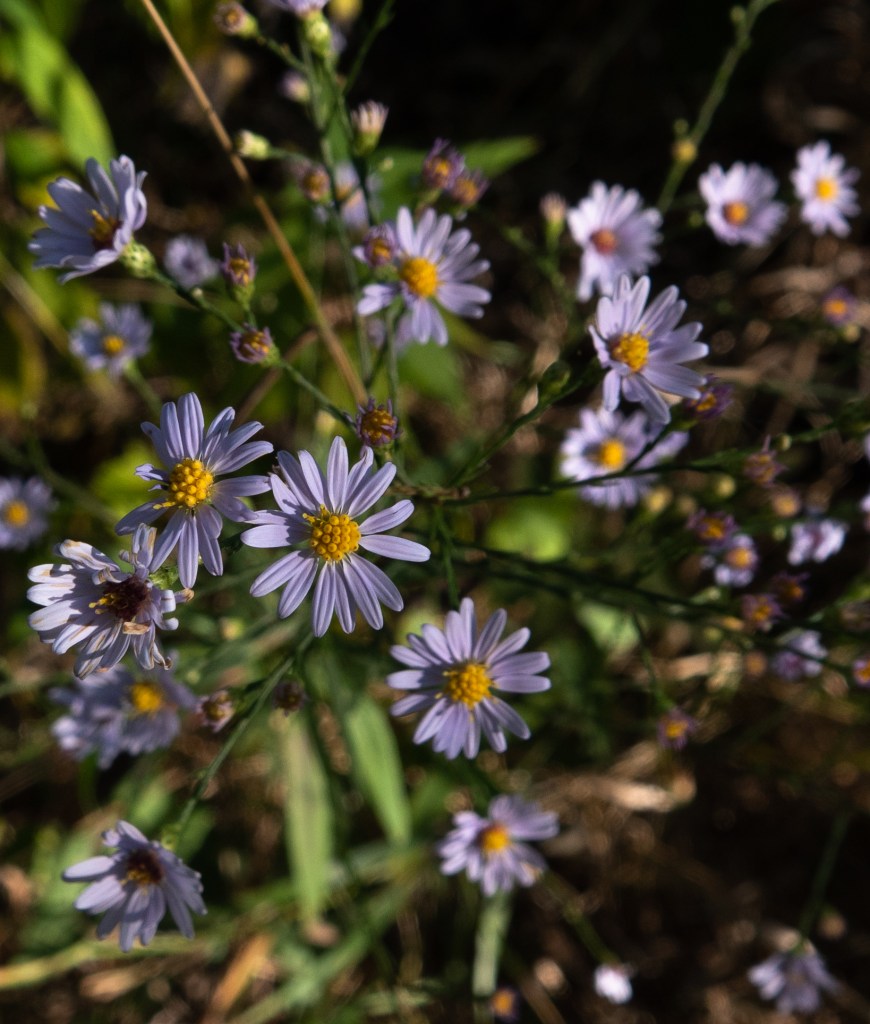
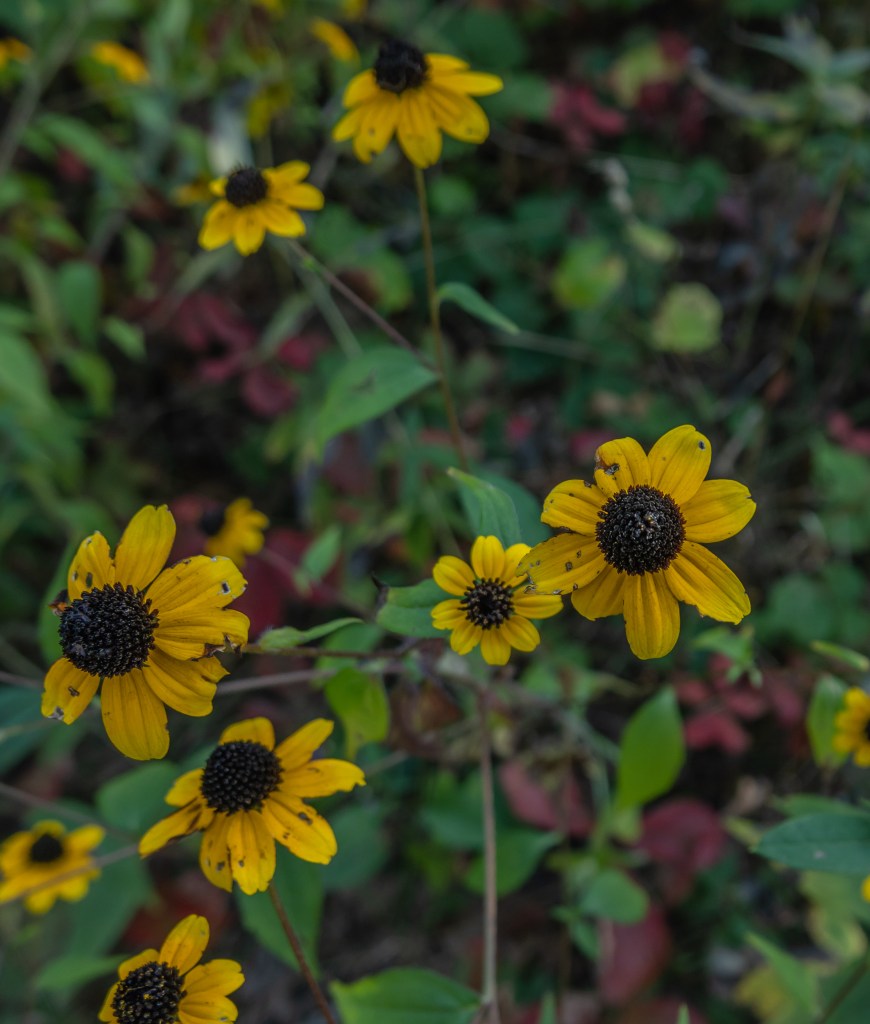

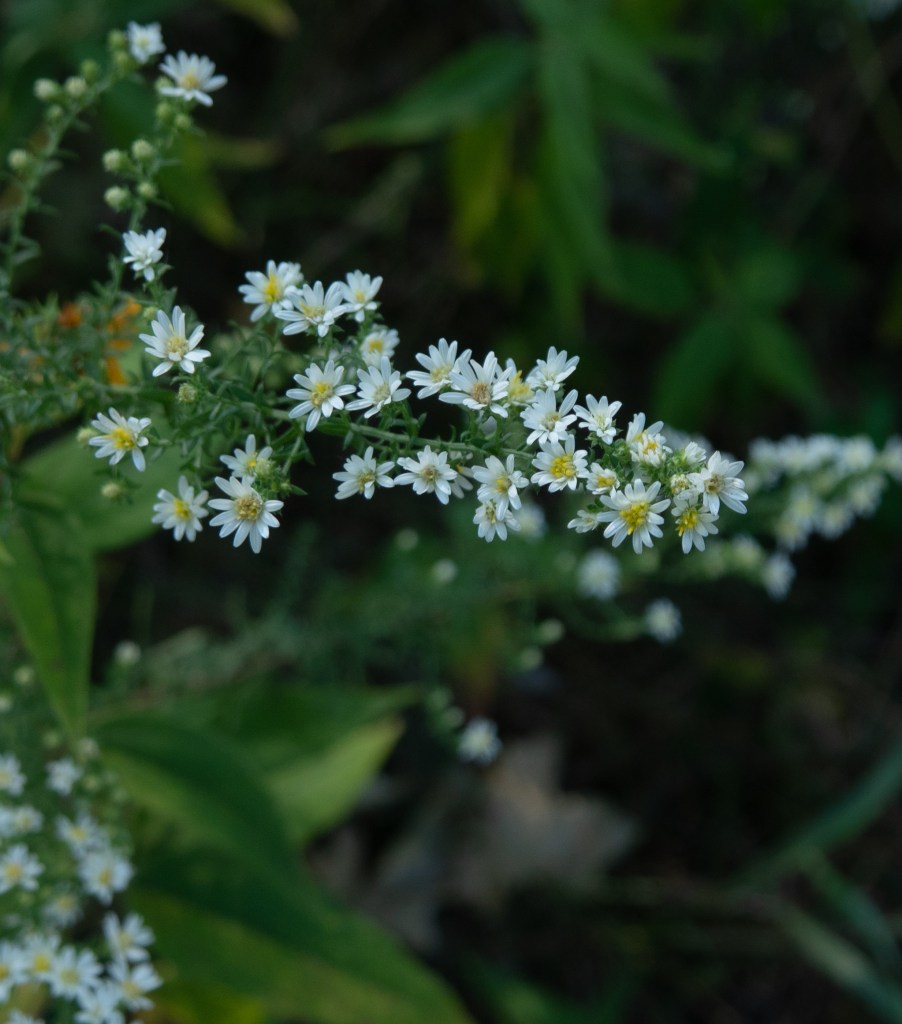
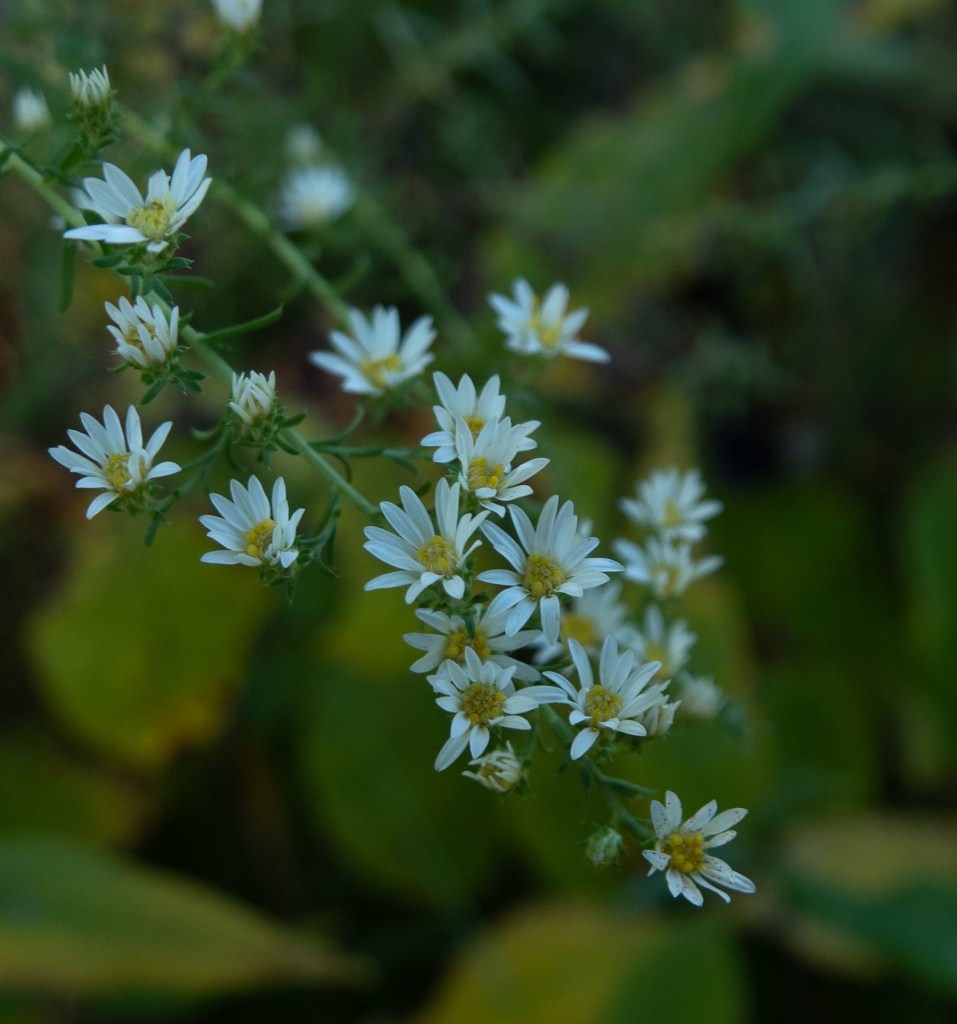
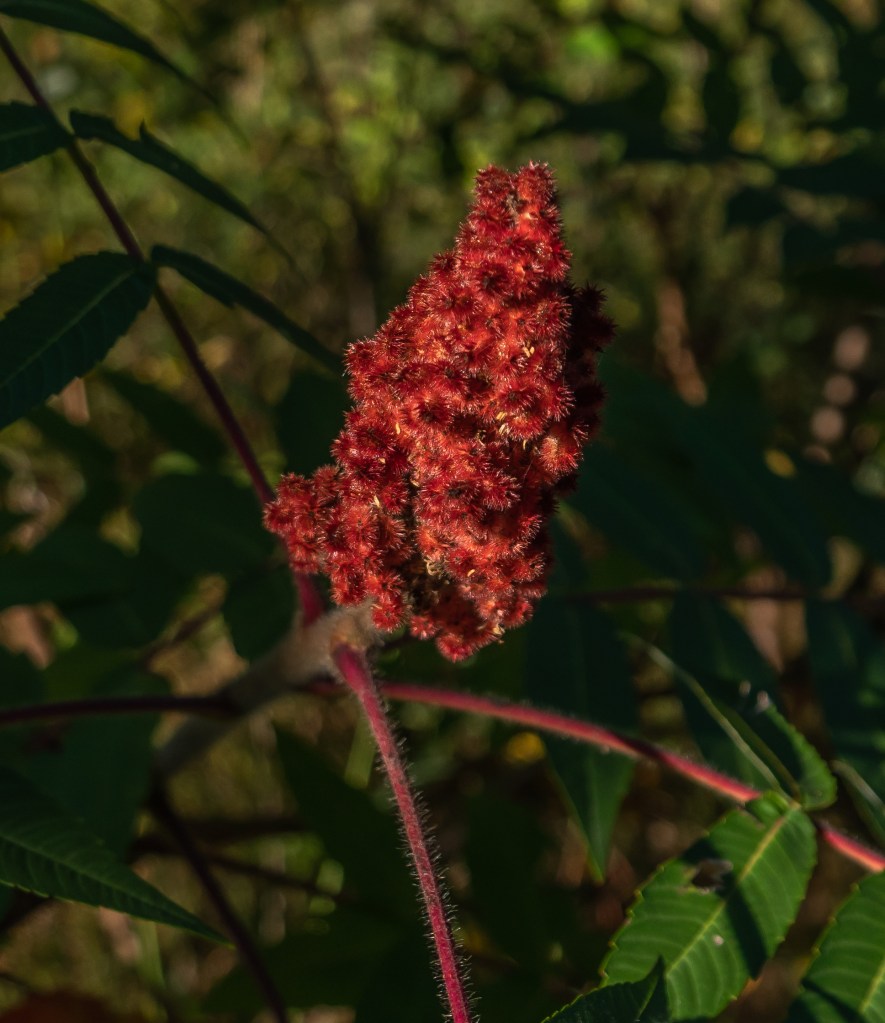
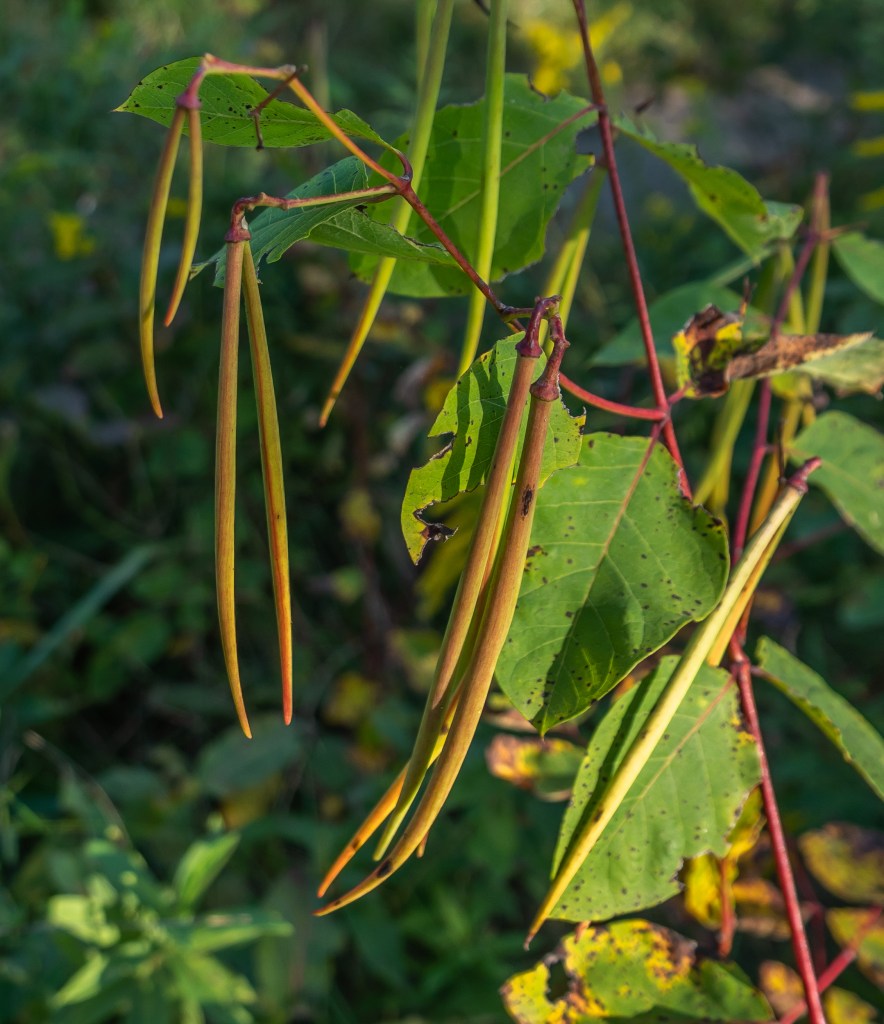
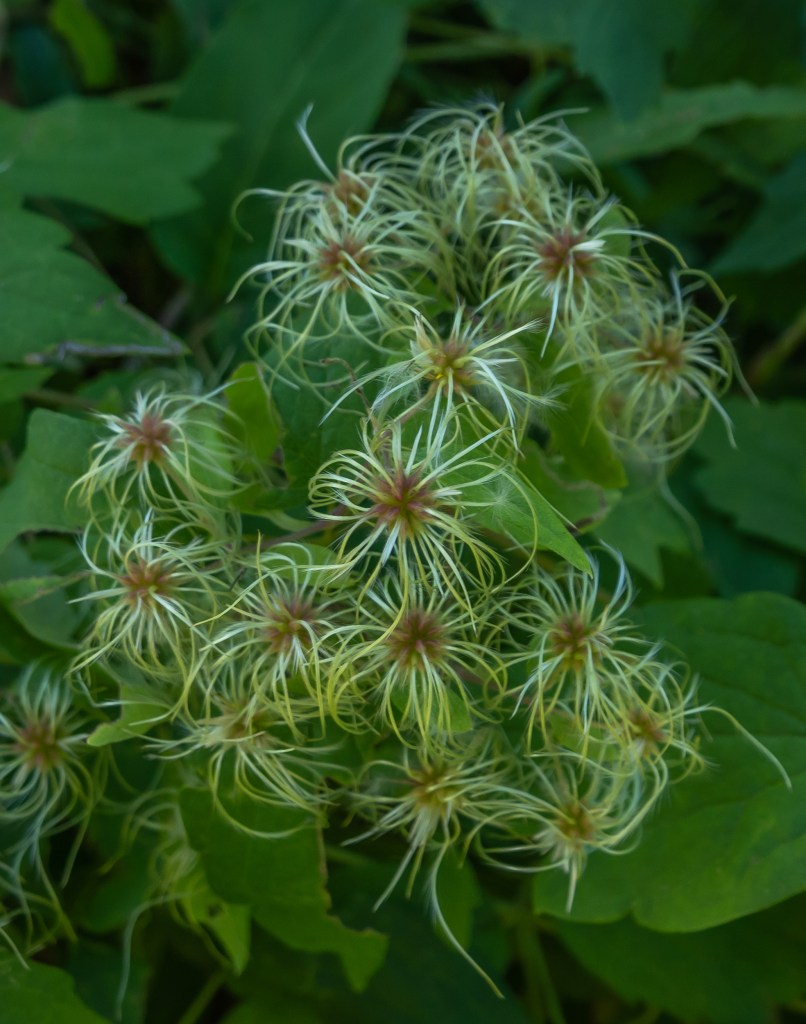
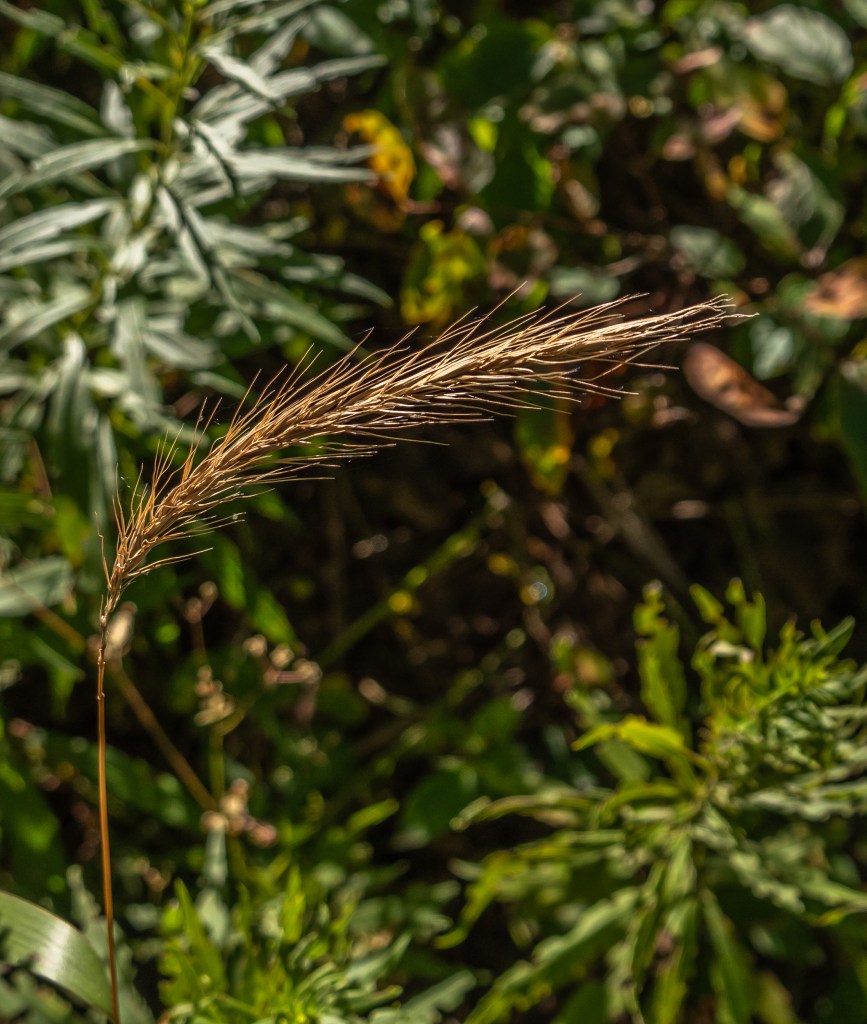
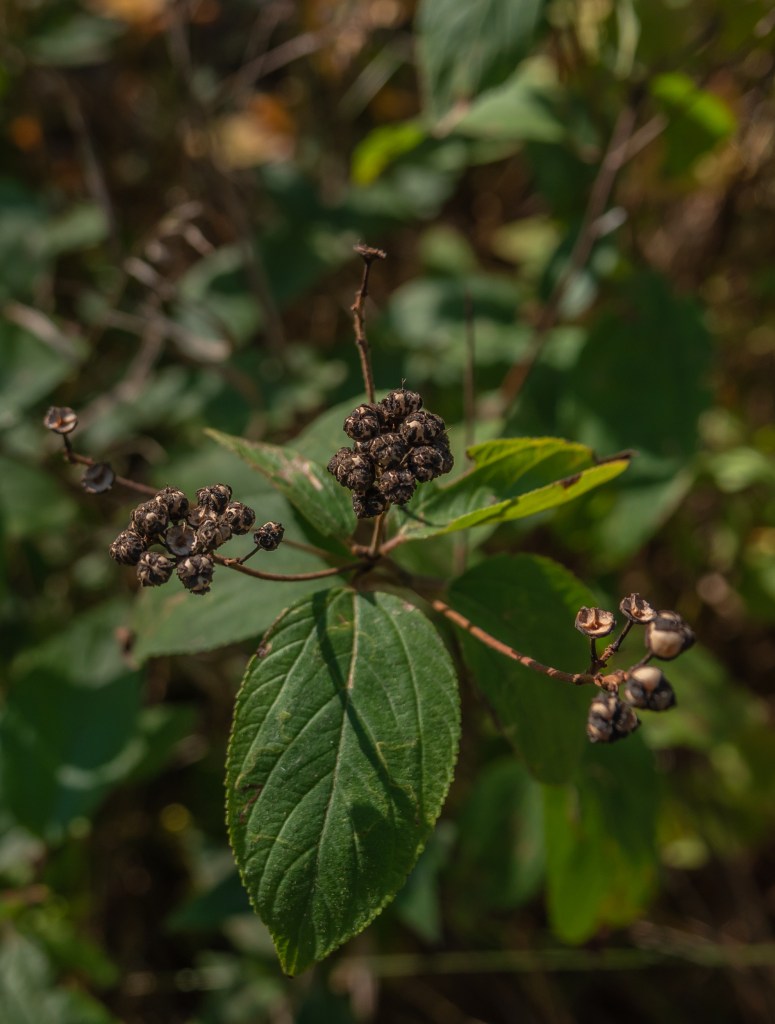
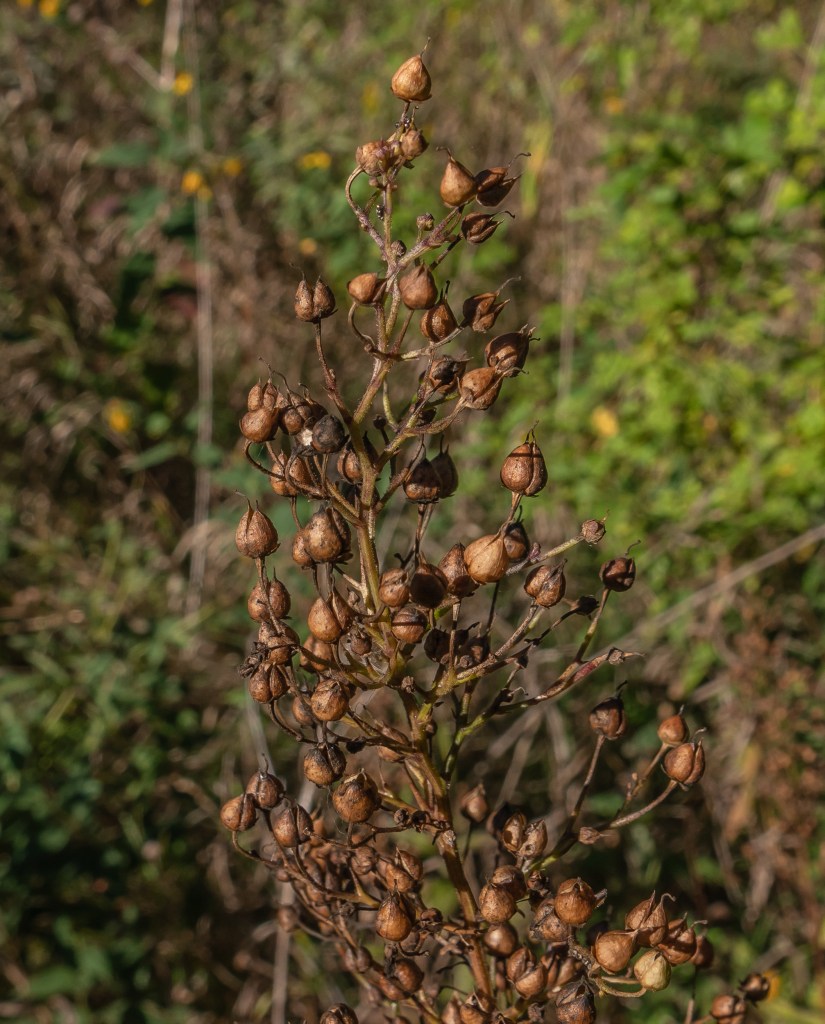
Here is how the same plant looked in June:
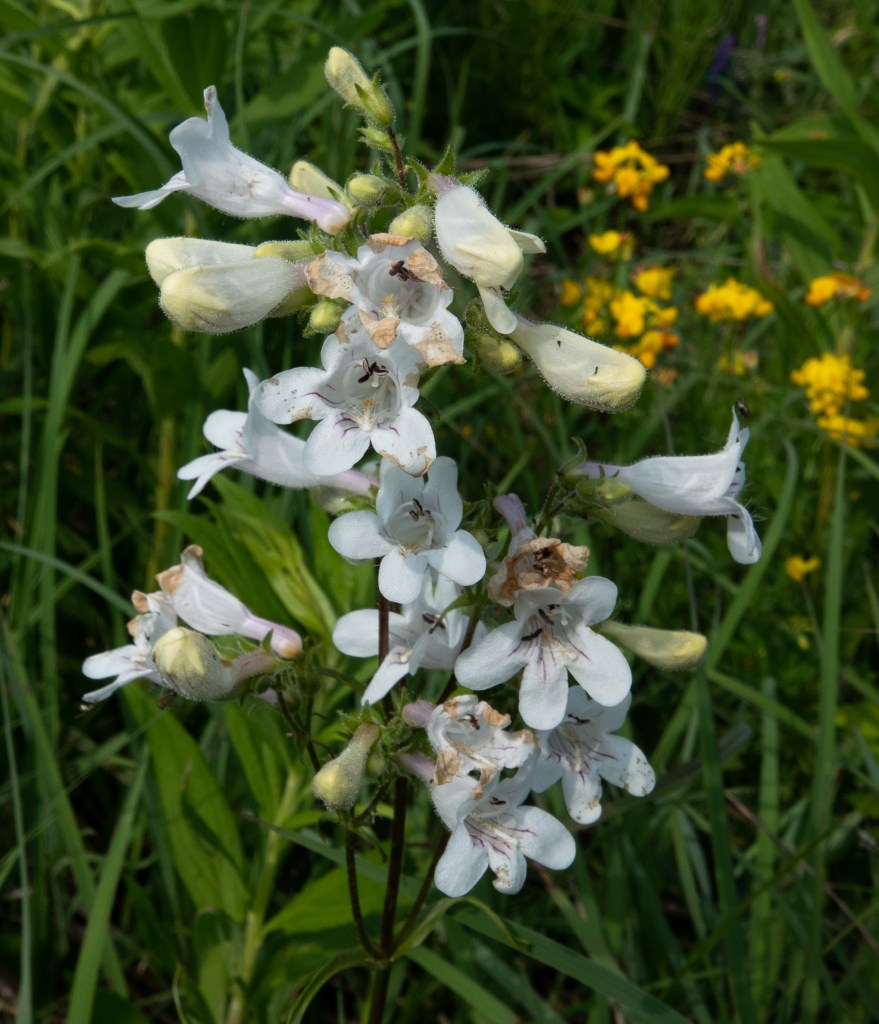
Today’s group:
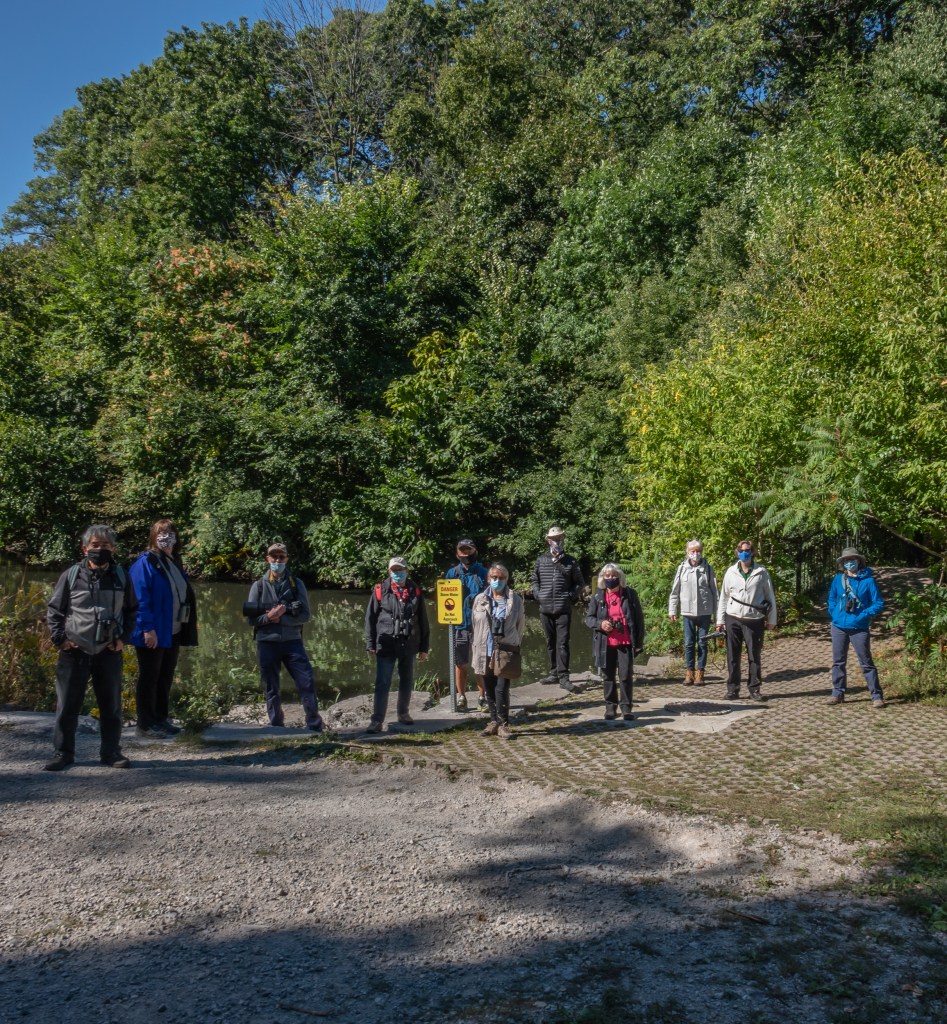
NATURE POETRY
Tis all a myth that Autumn grieves,
For watch the rain among the leaves;
With silver fingers dimly seen
It makes each leaf a tambourine. – Samuel Minturn Peck (1854-1938)
Miles Hearn

I love a good quiz- even when I’m 0 for 5. 🤦🏼♀️
Fascinating bird sleuthing (I mean it!) You were so very engrossed, Miles, that it appears that you may have forgotten the people, and the date given is Sept. 19! But hey–it’s totally in the tradition of the “absent minded professor”, it gave me a laugh, and the birds were worth it!
Great post Miles! Thanks for sharing your identification process. Now, if only I had your memory…